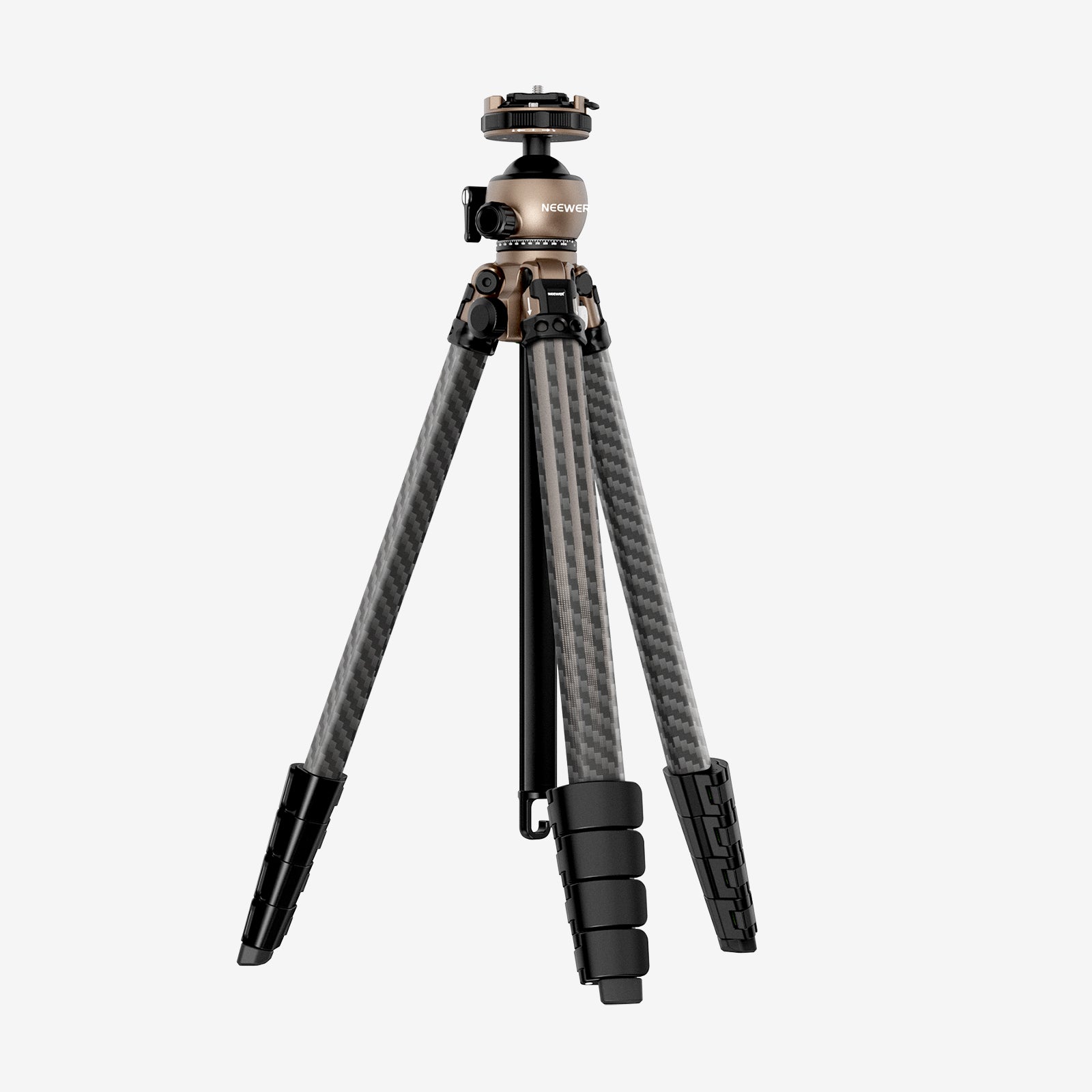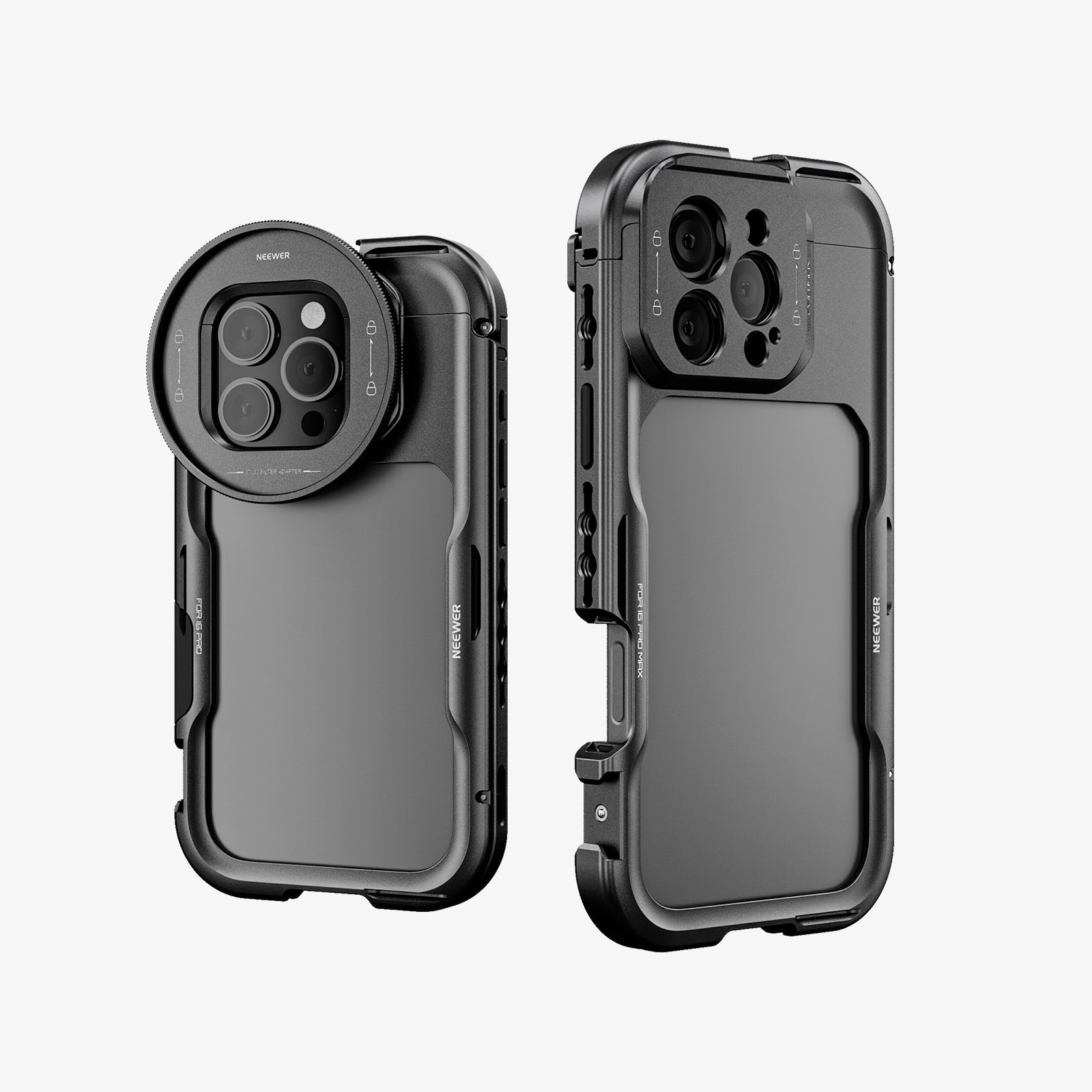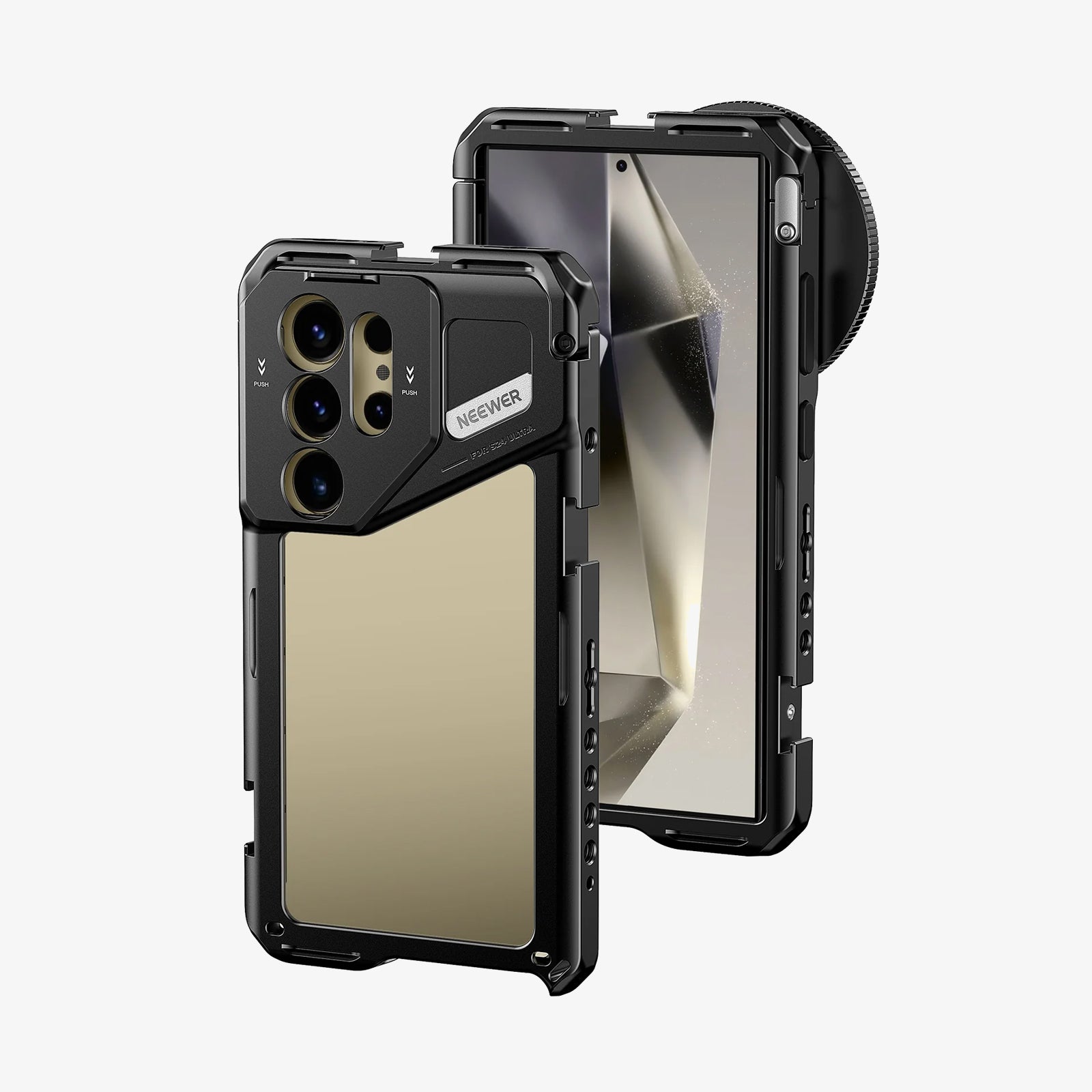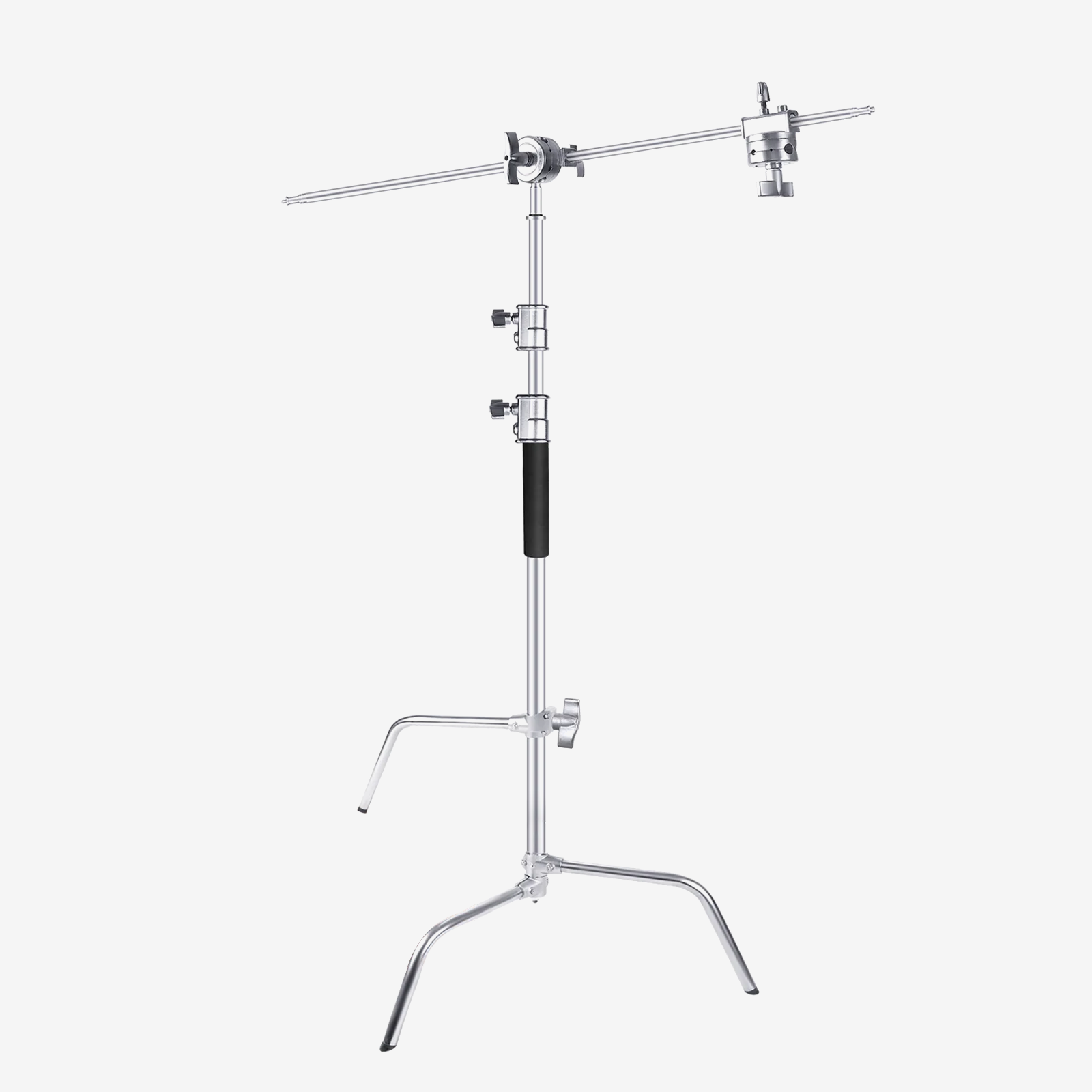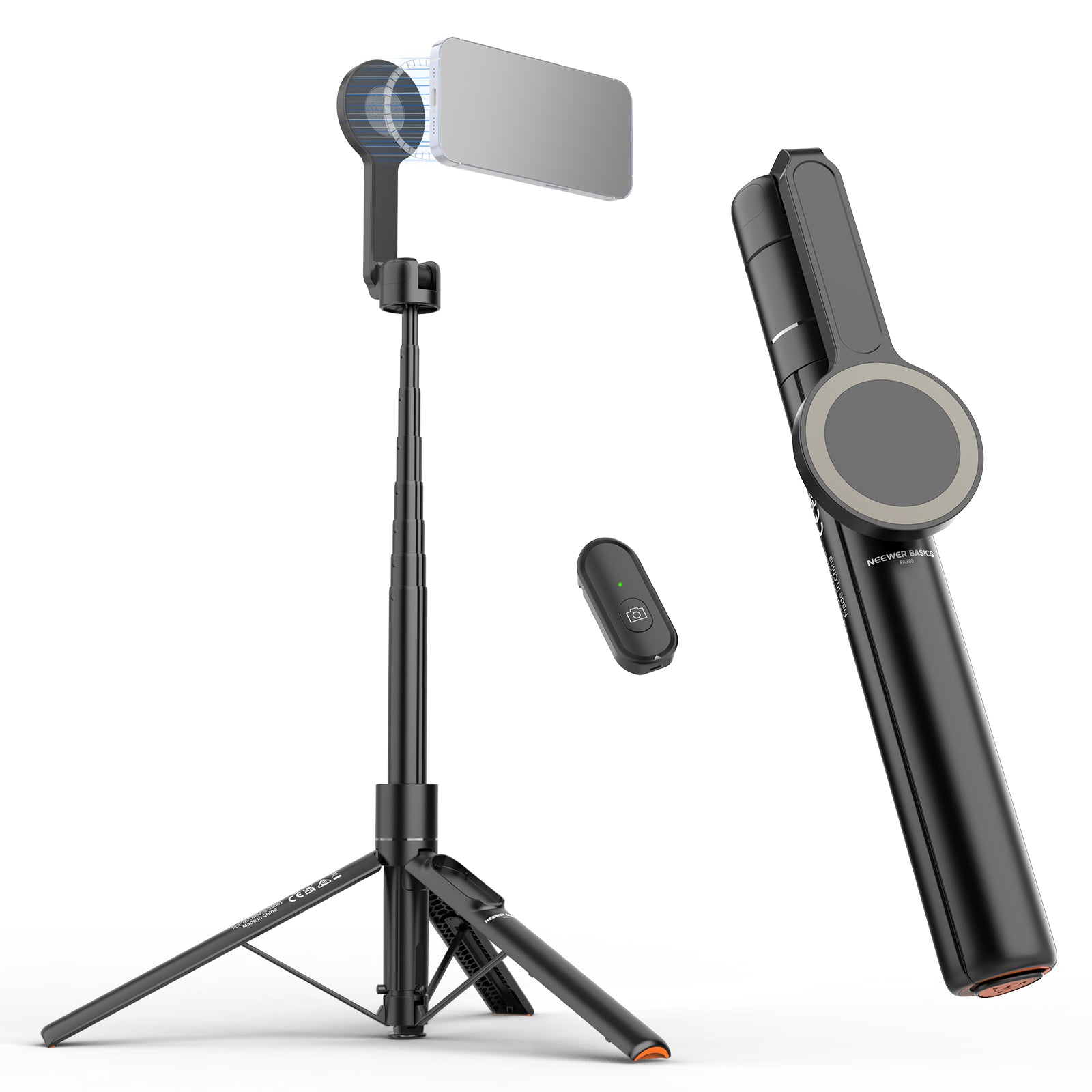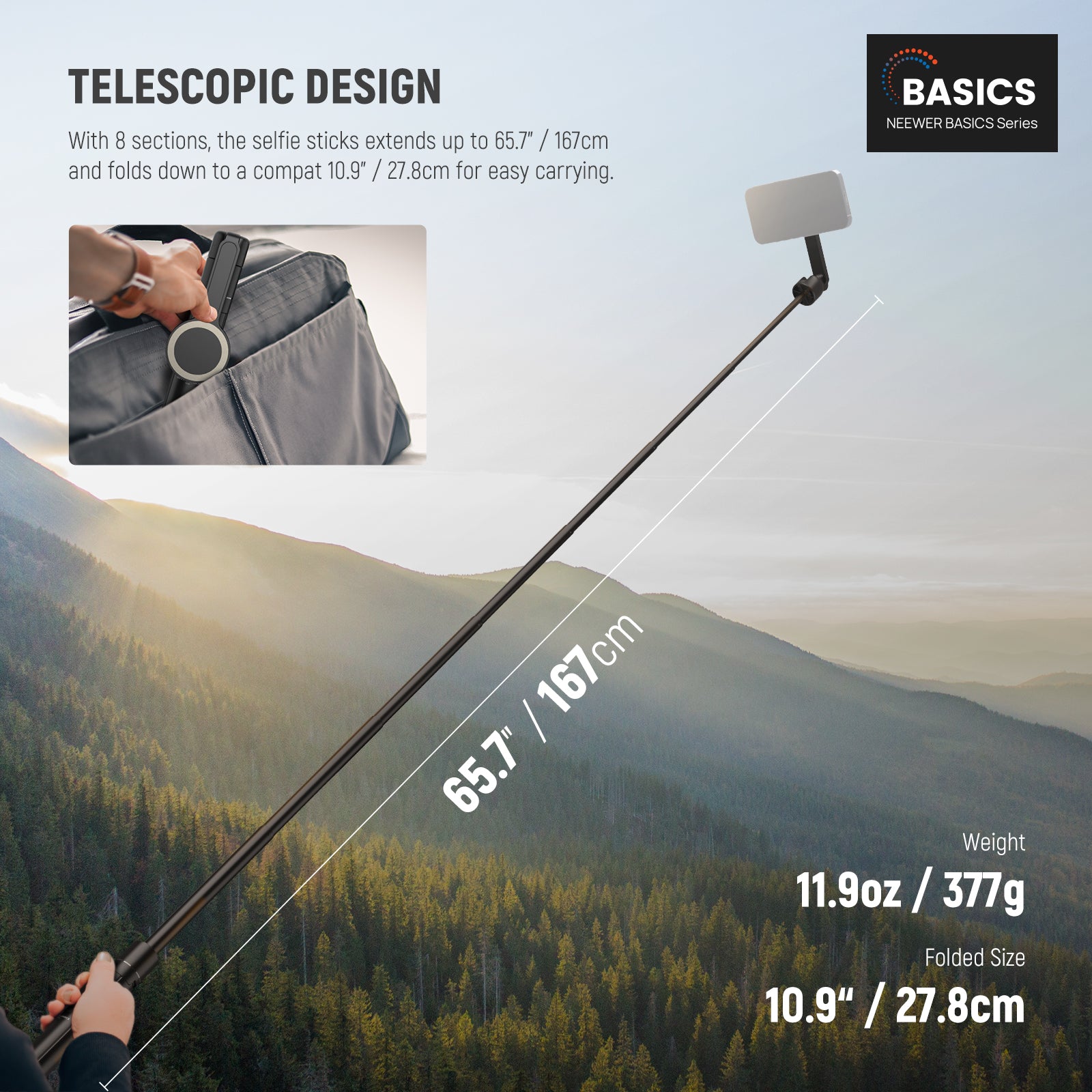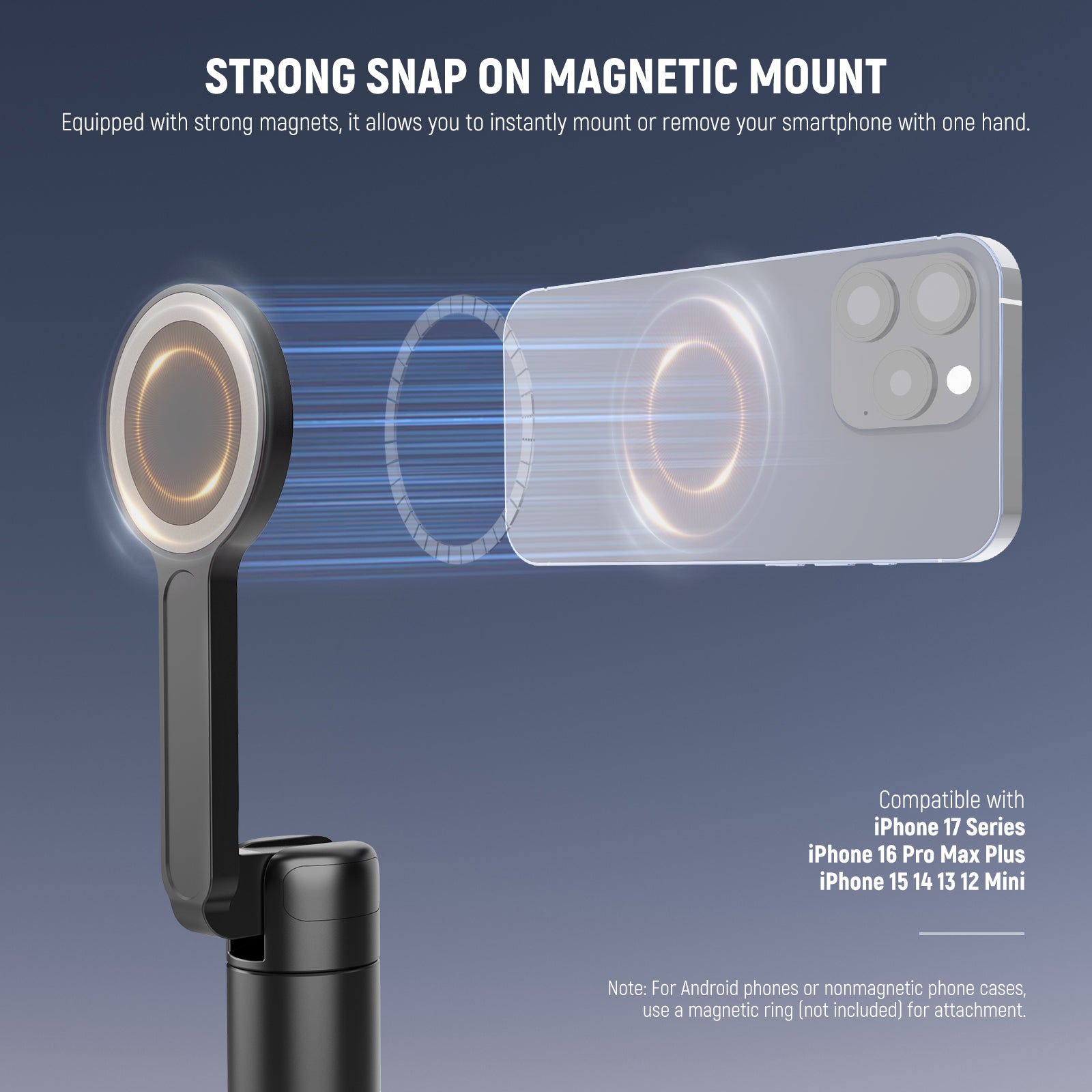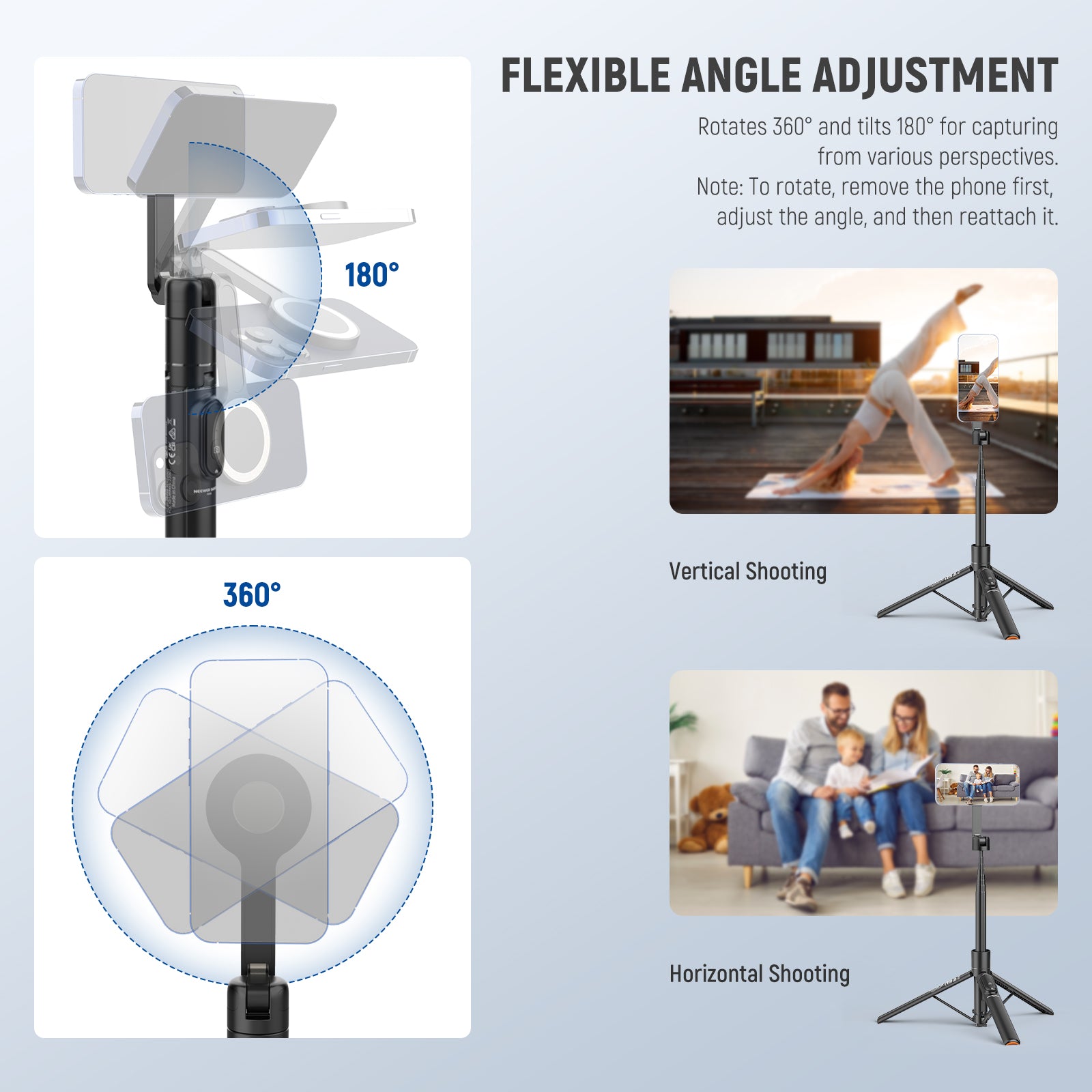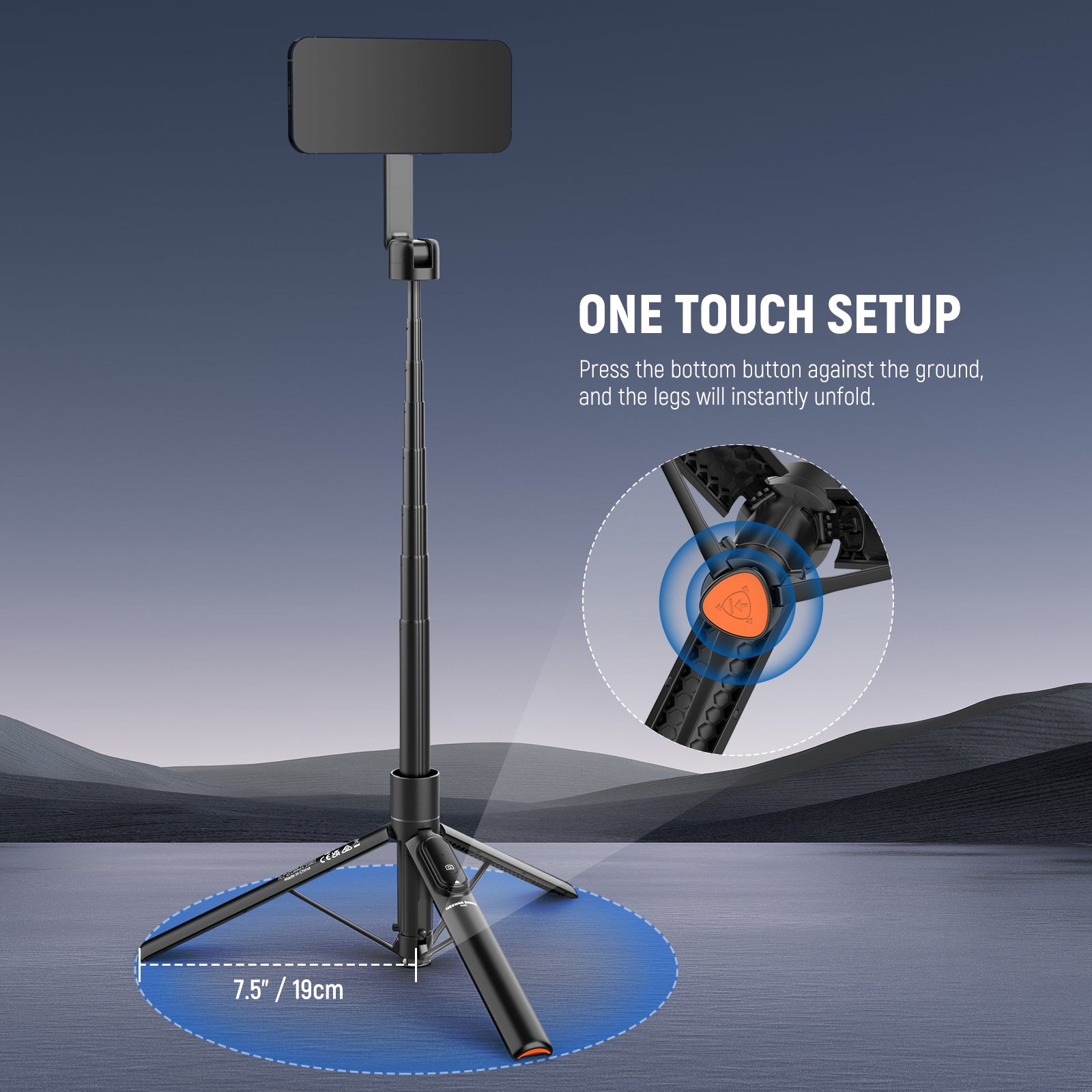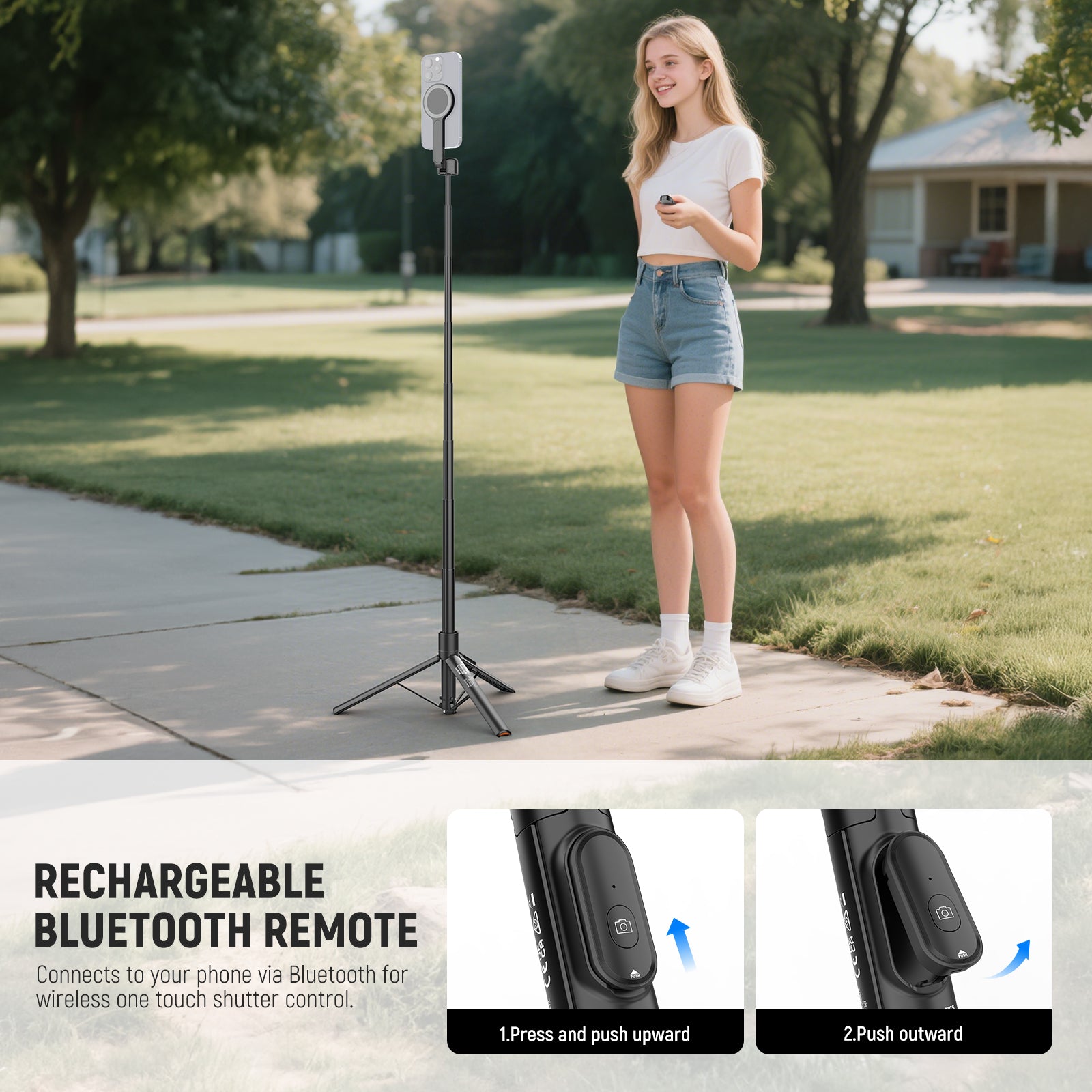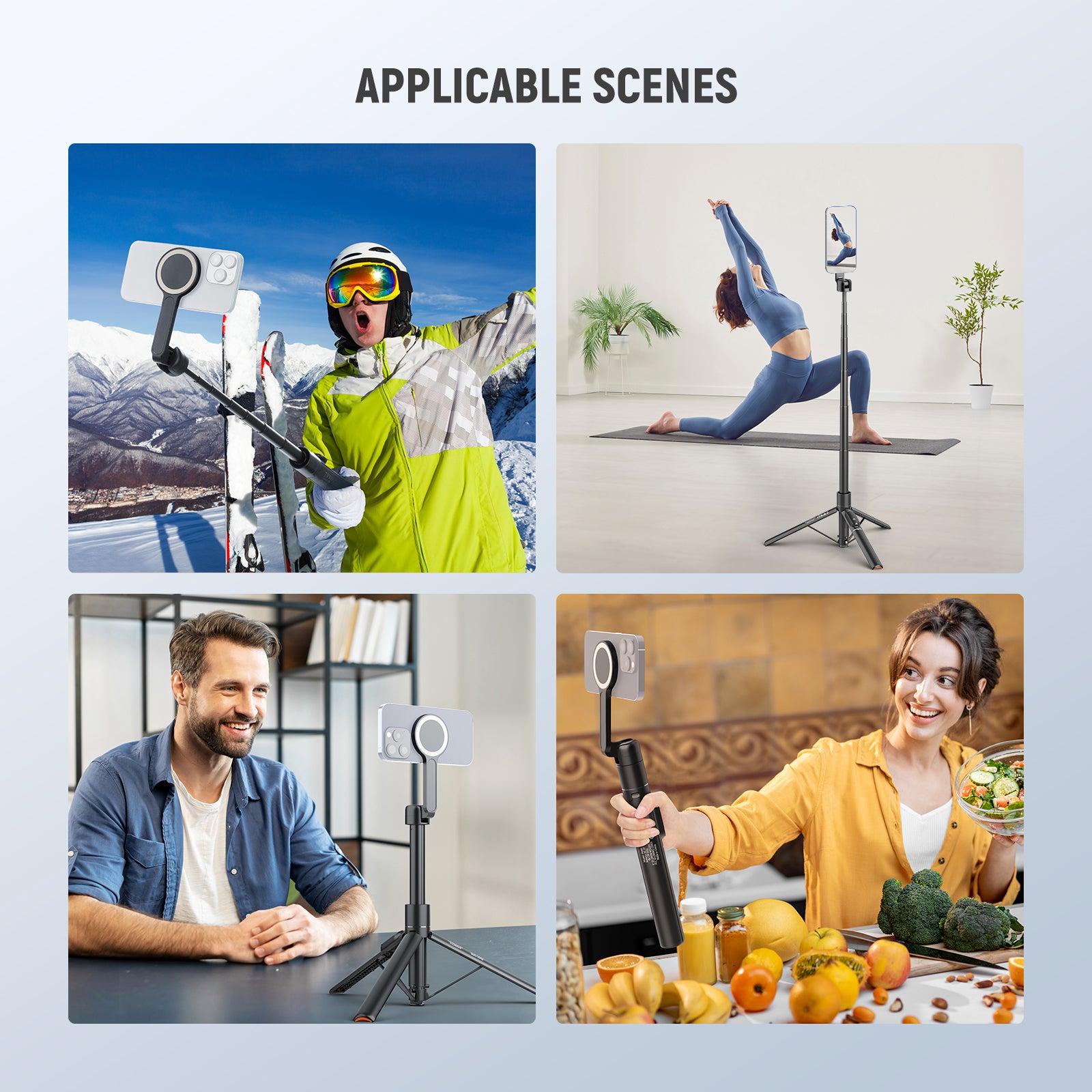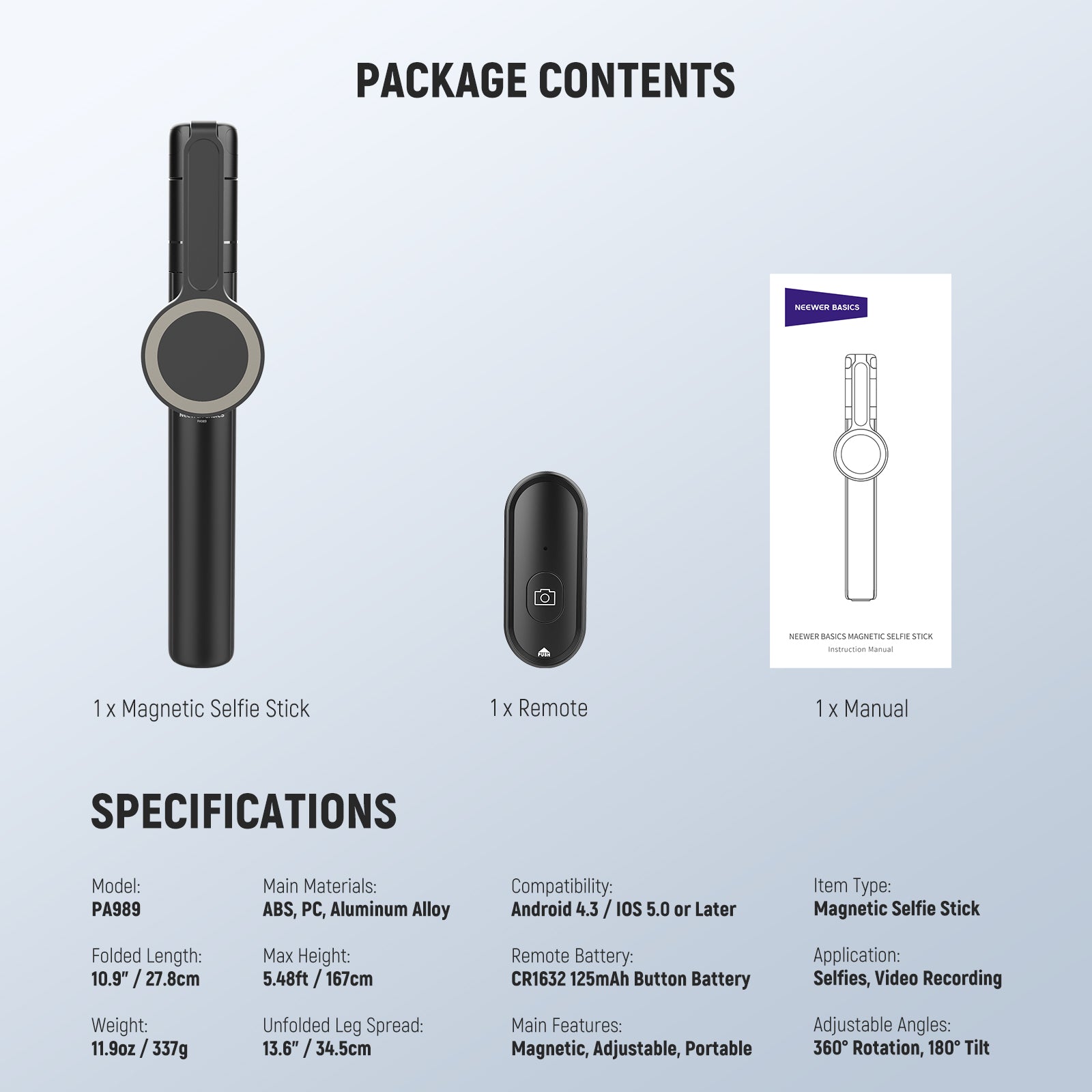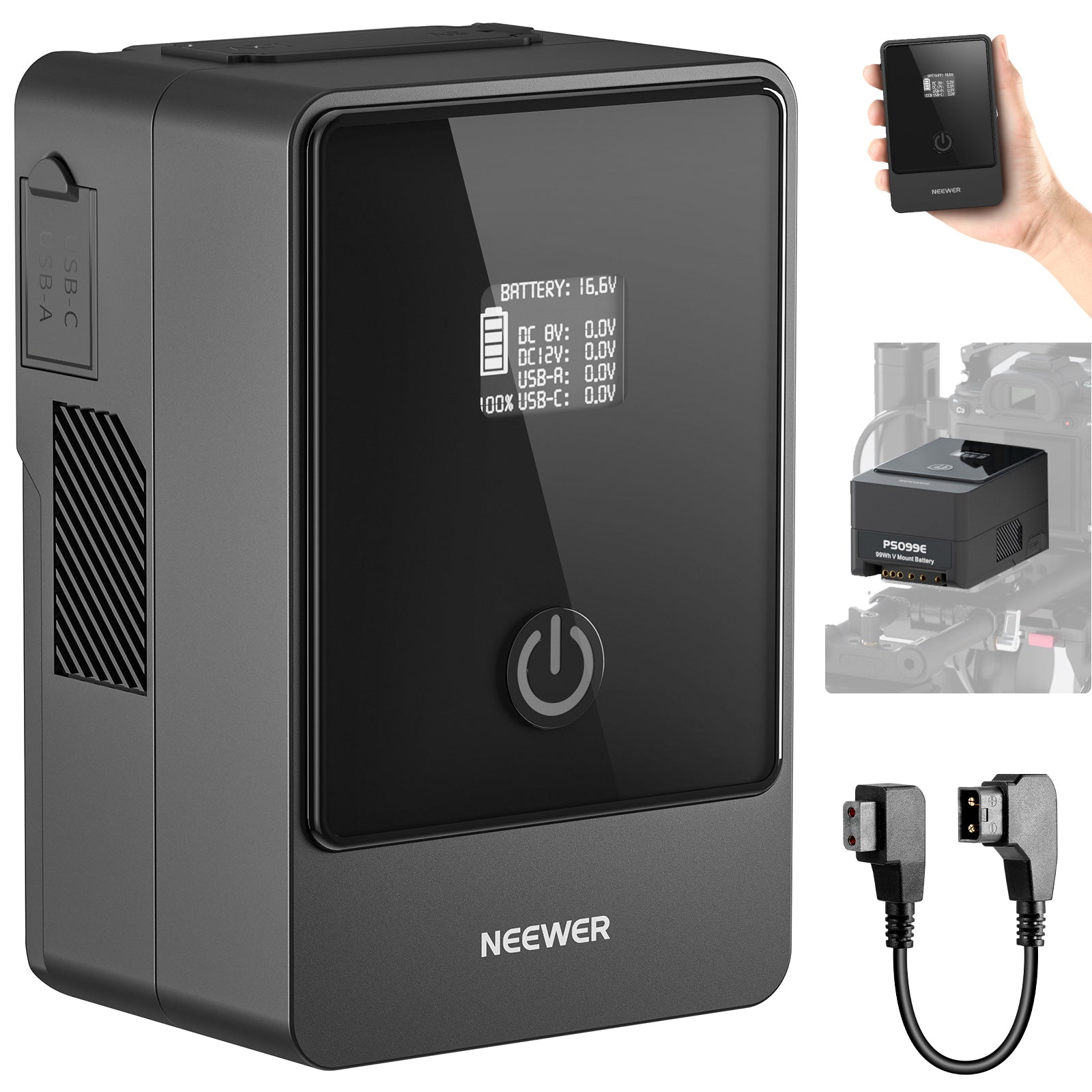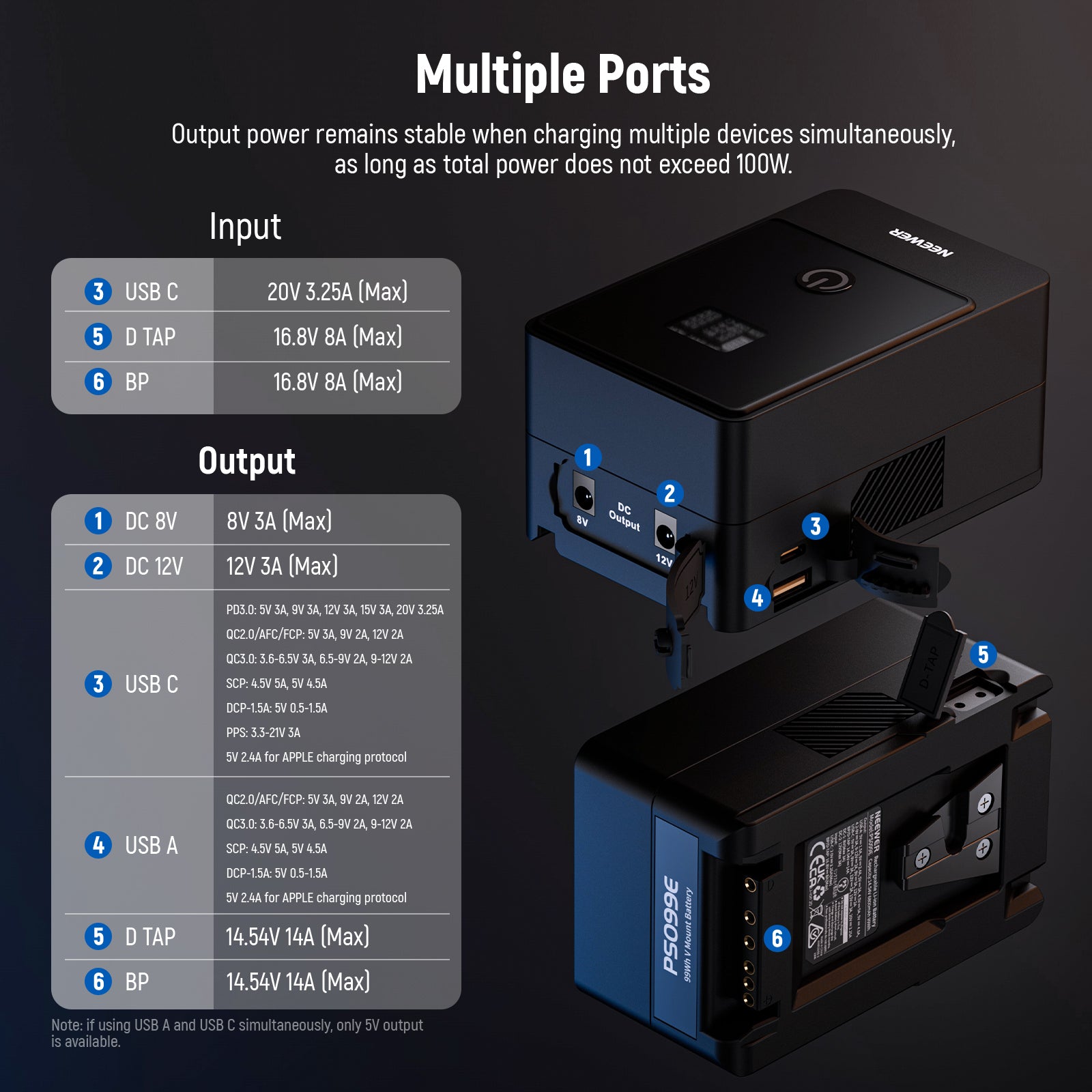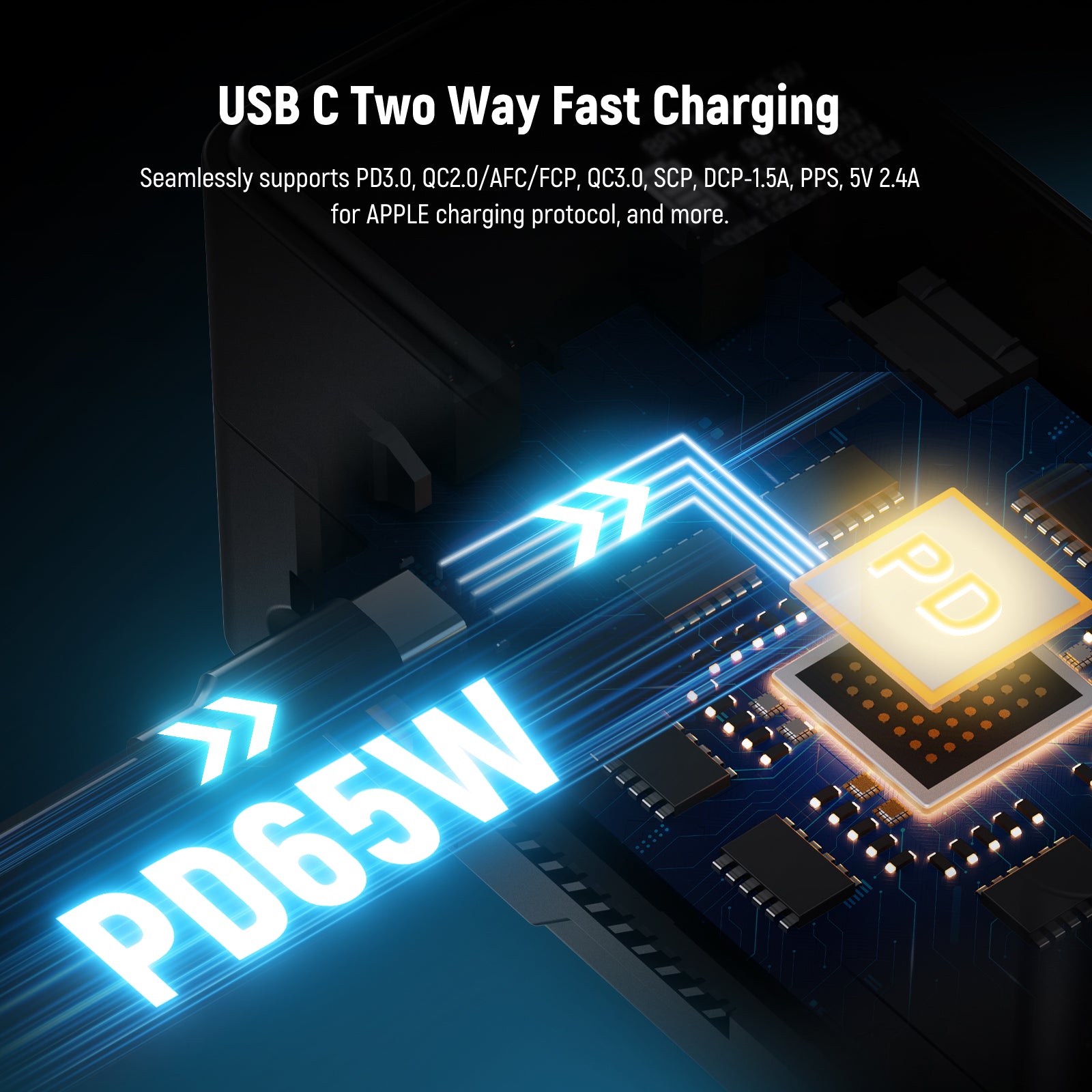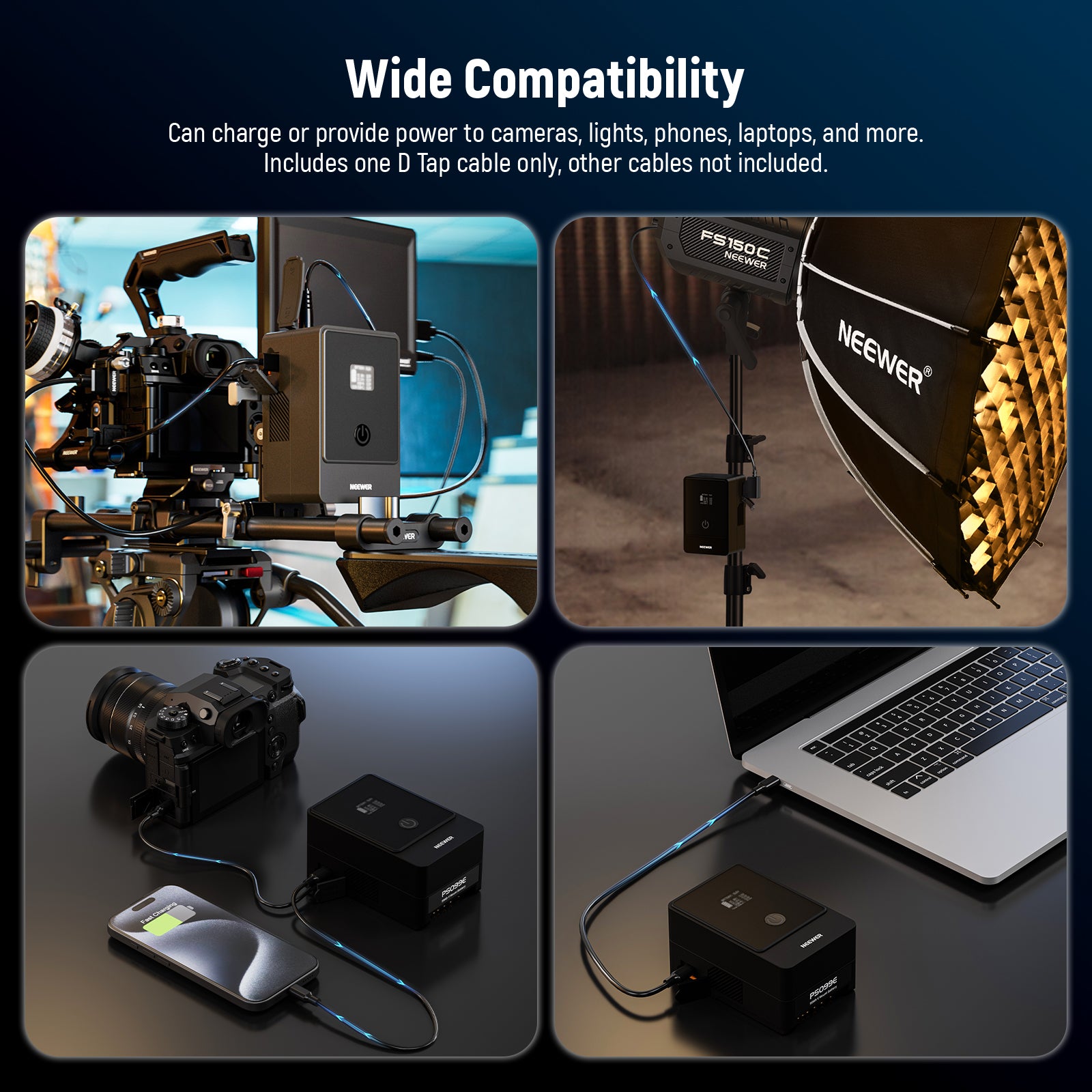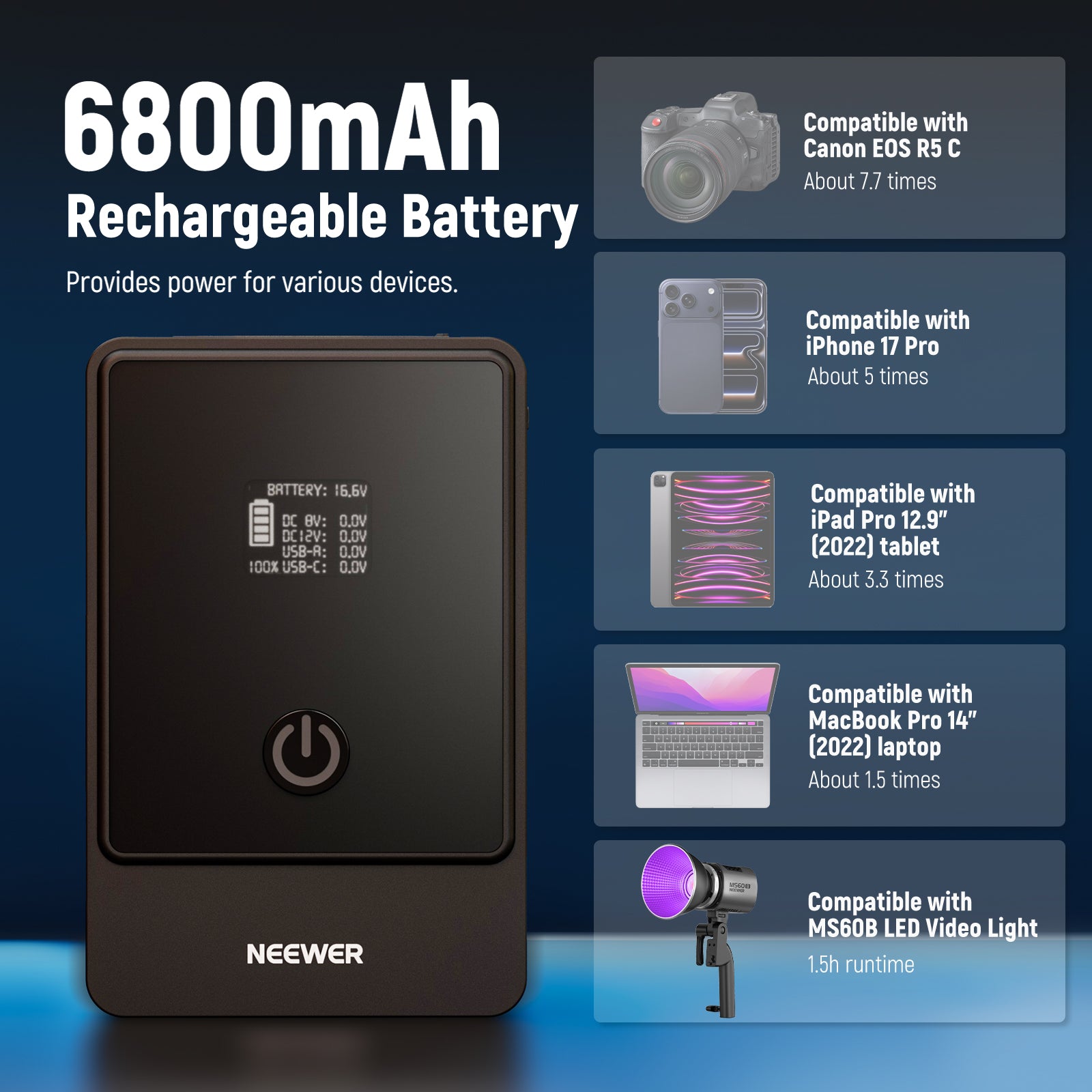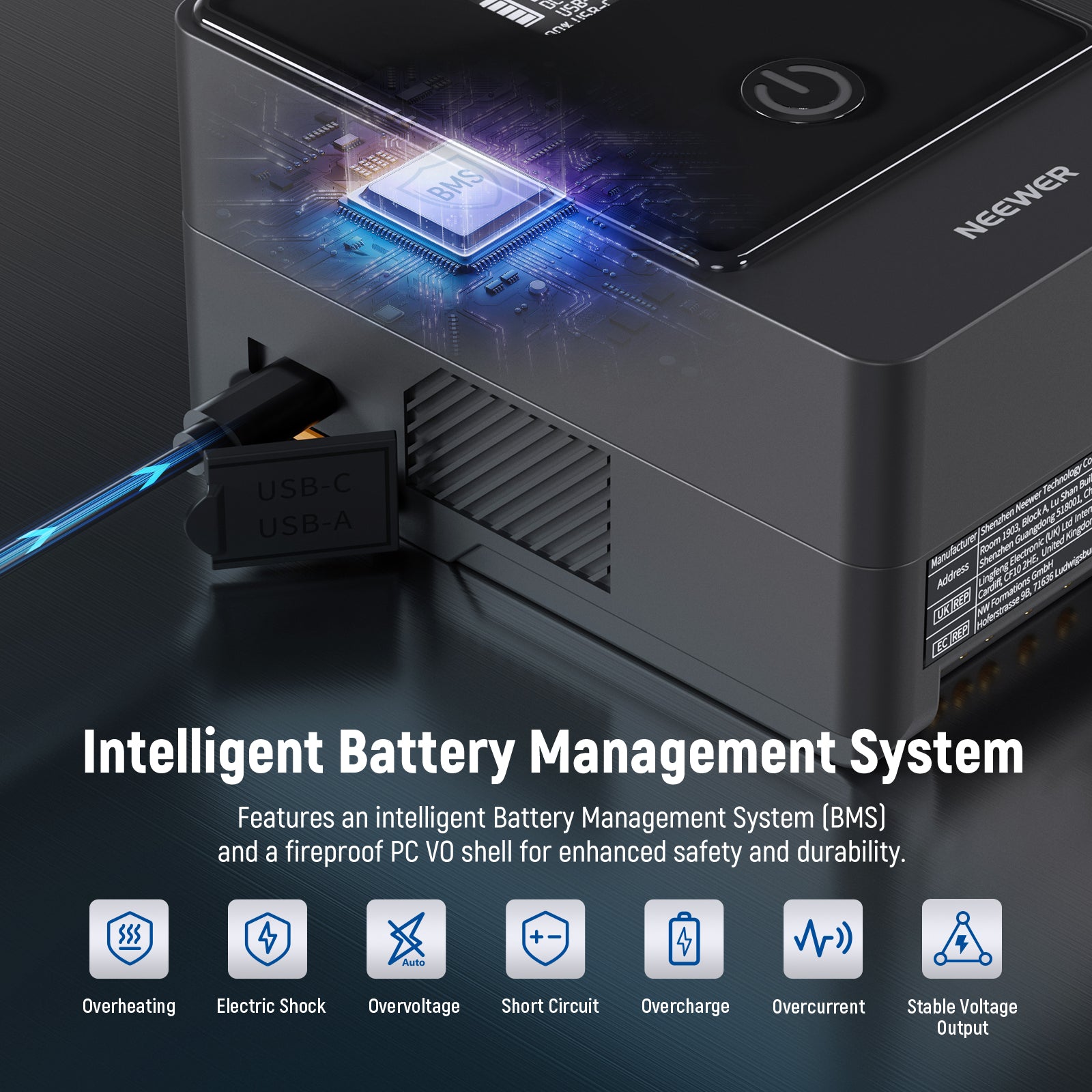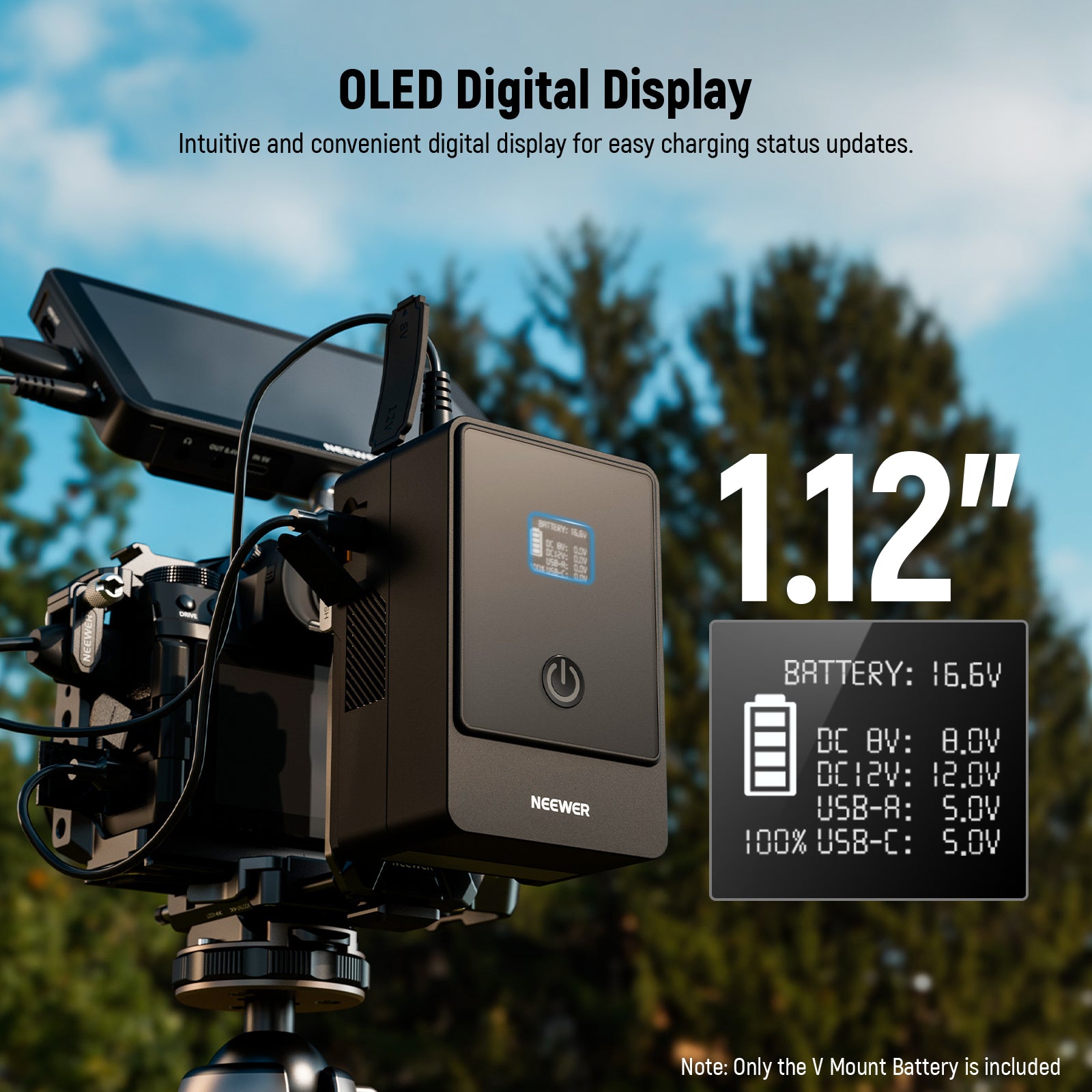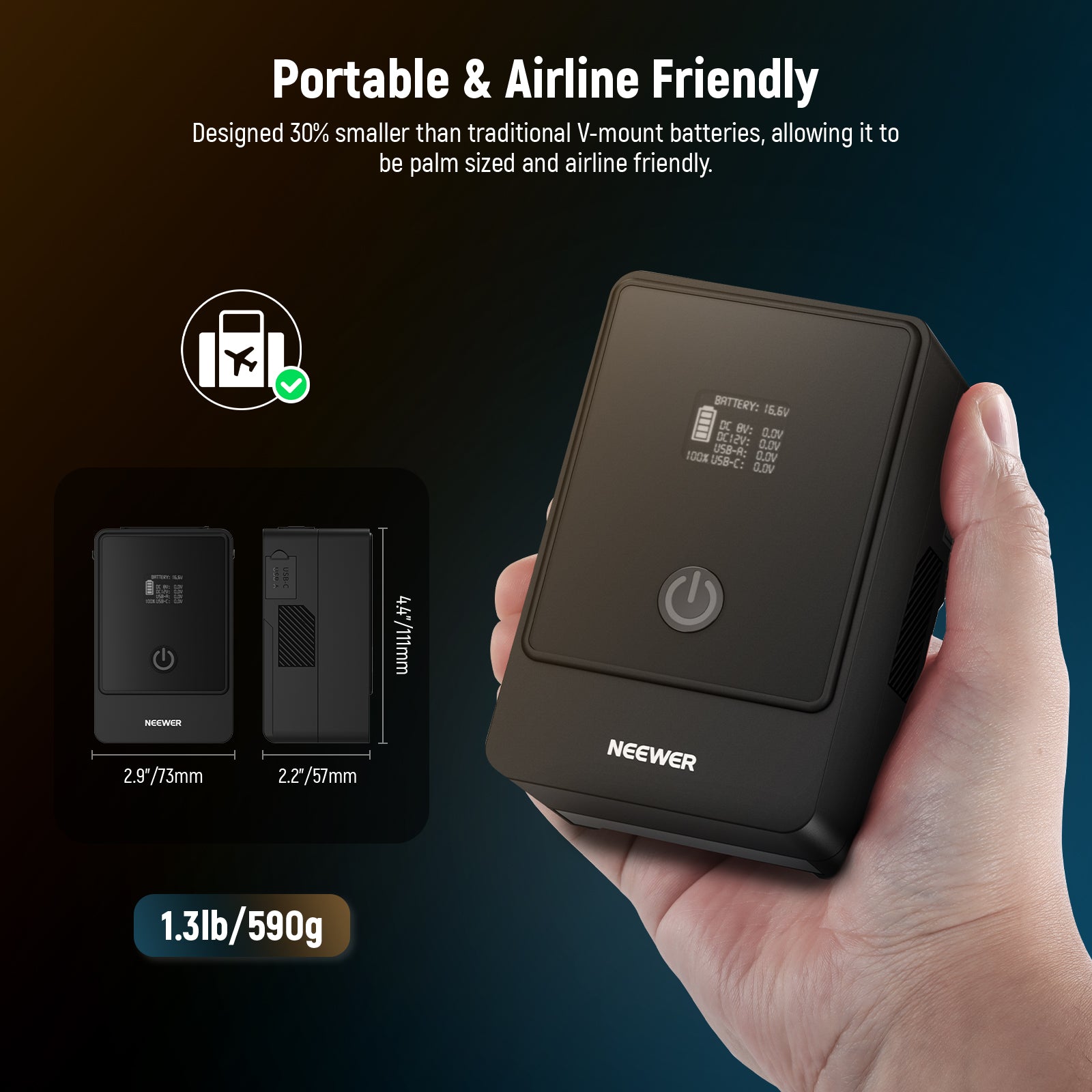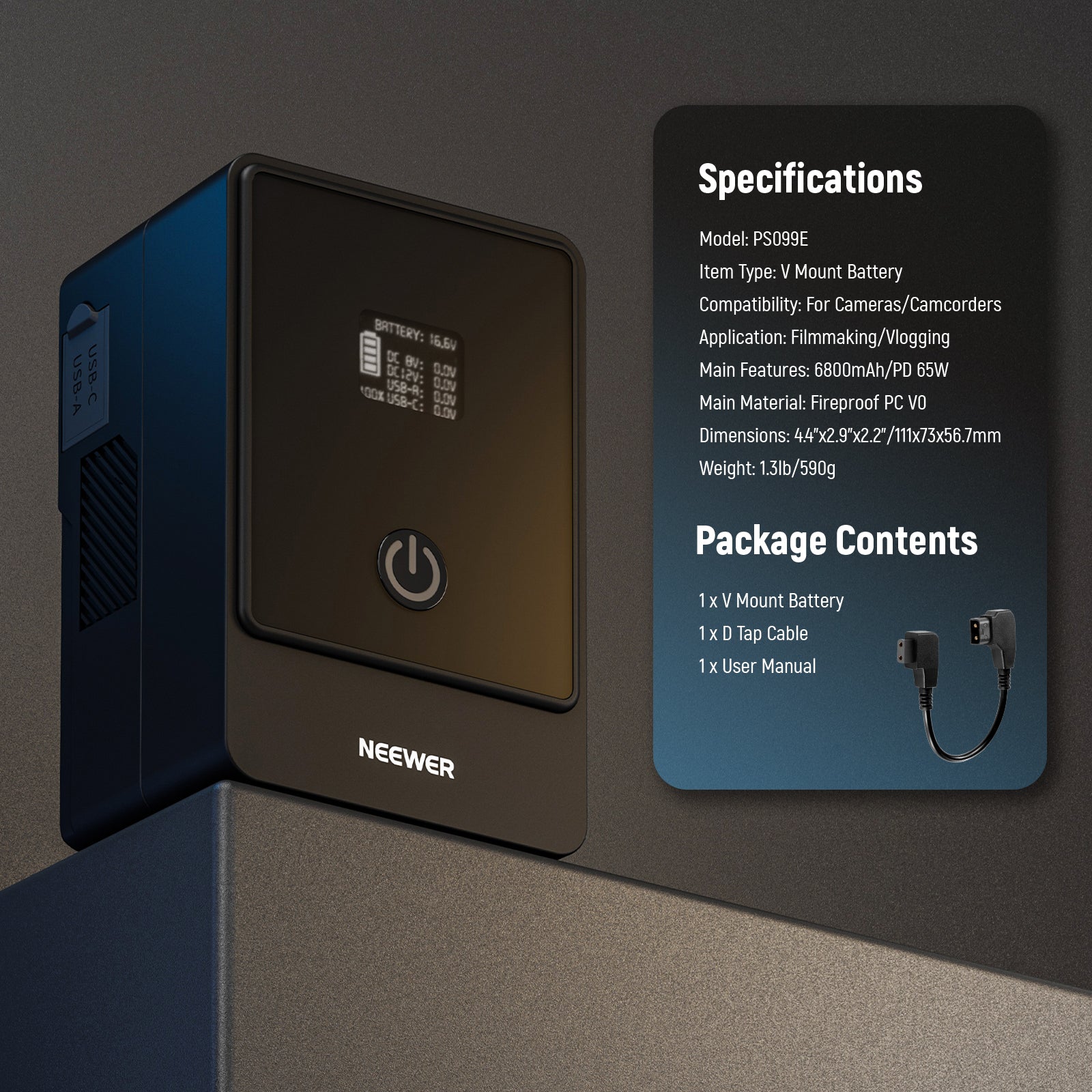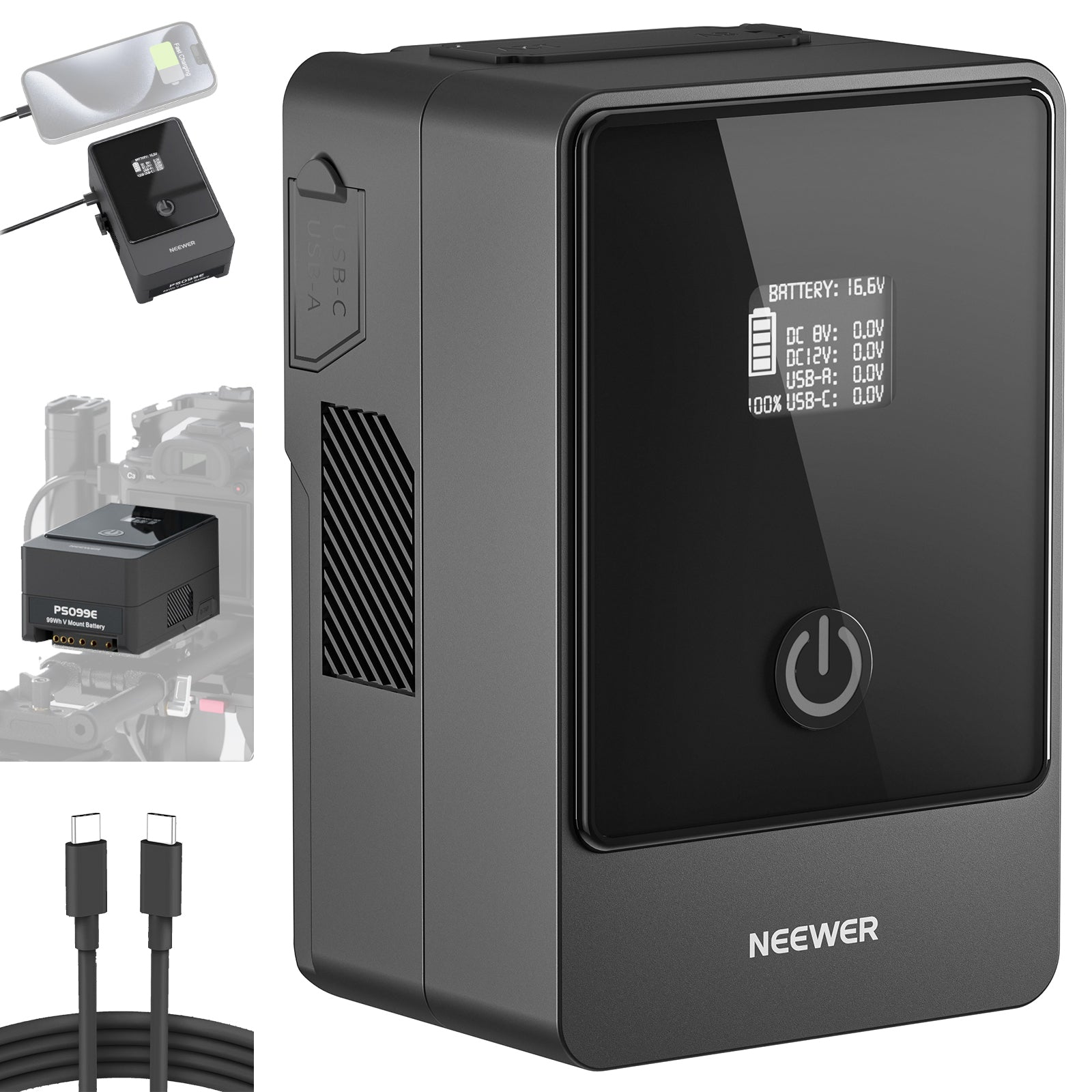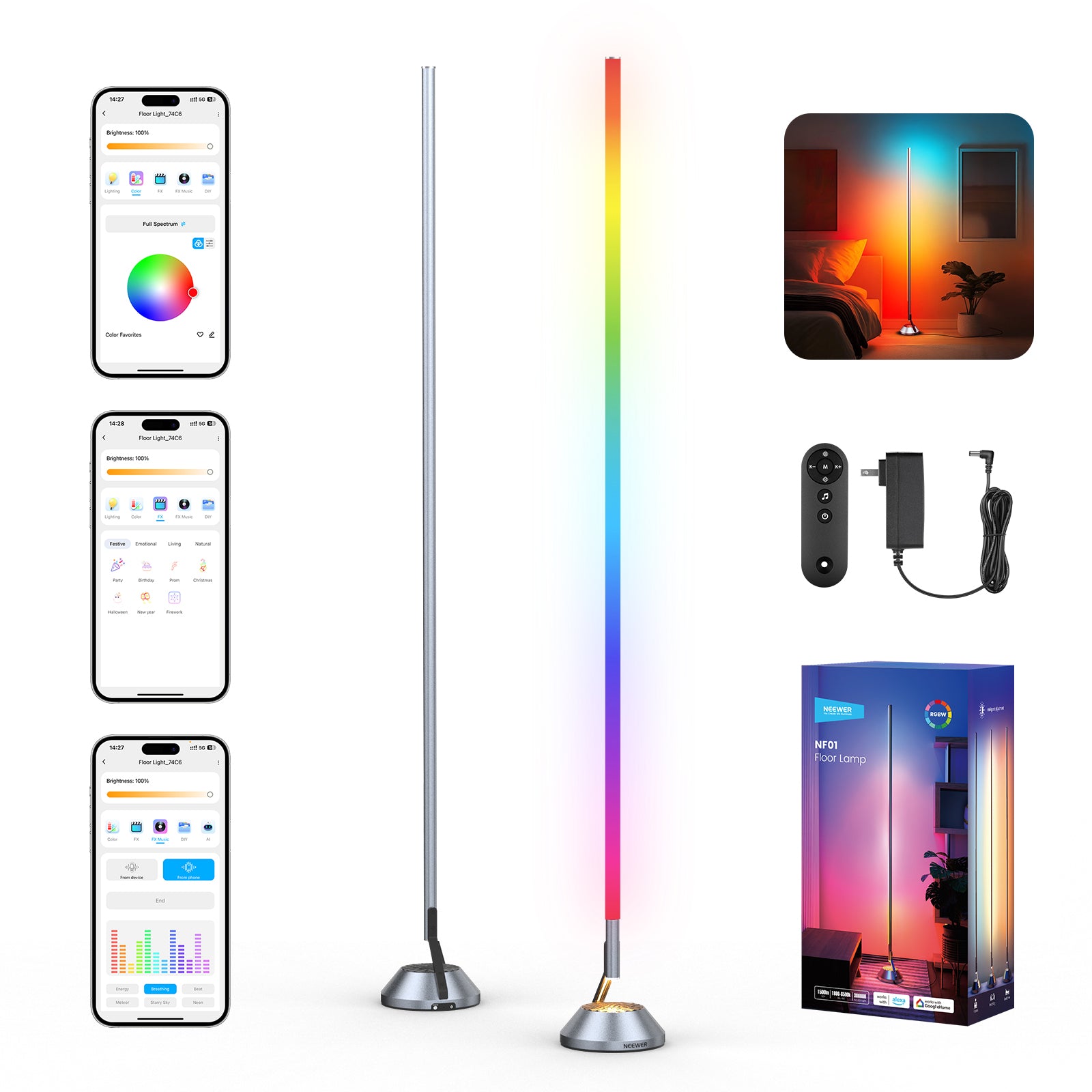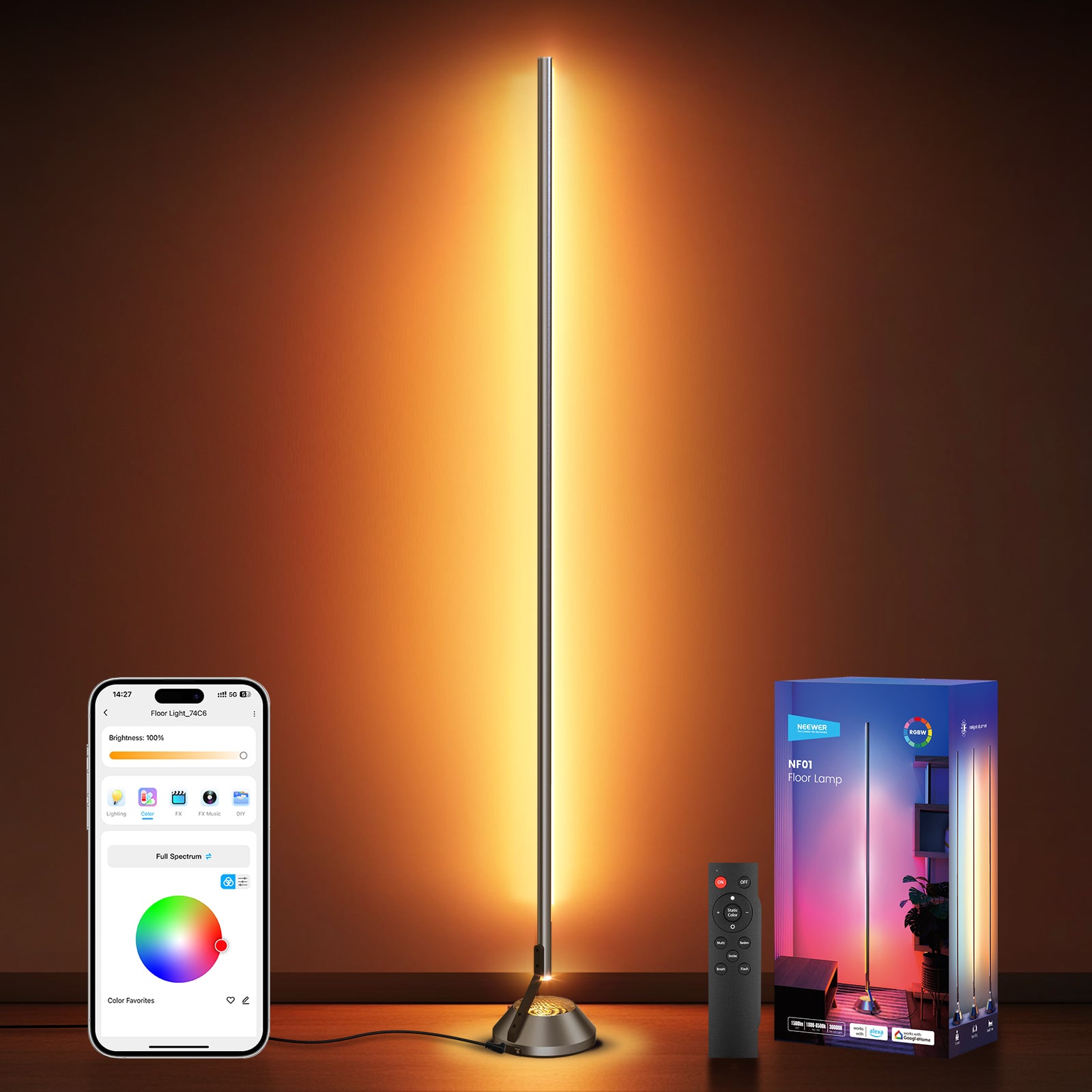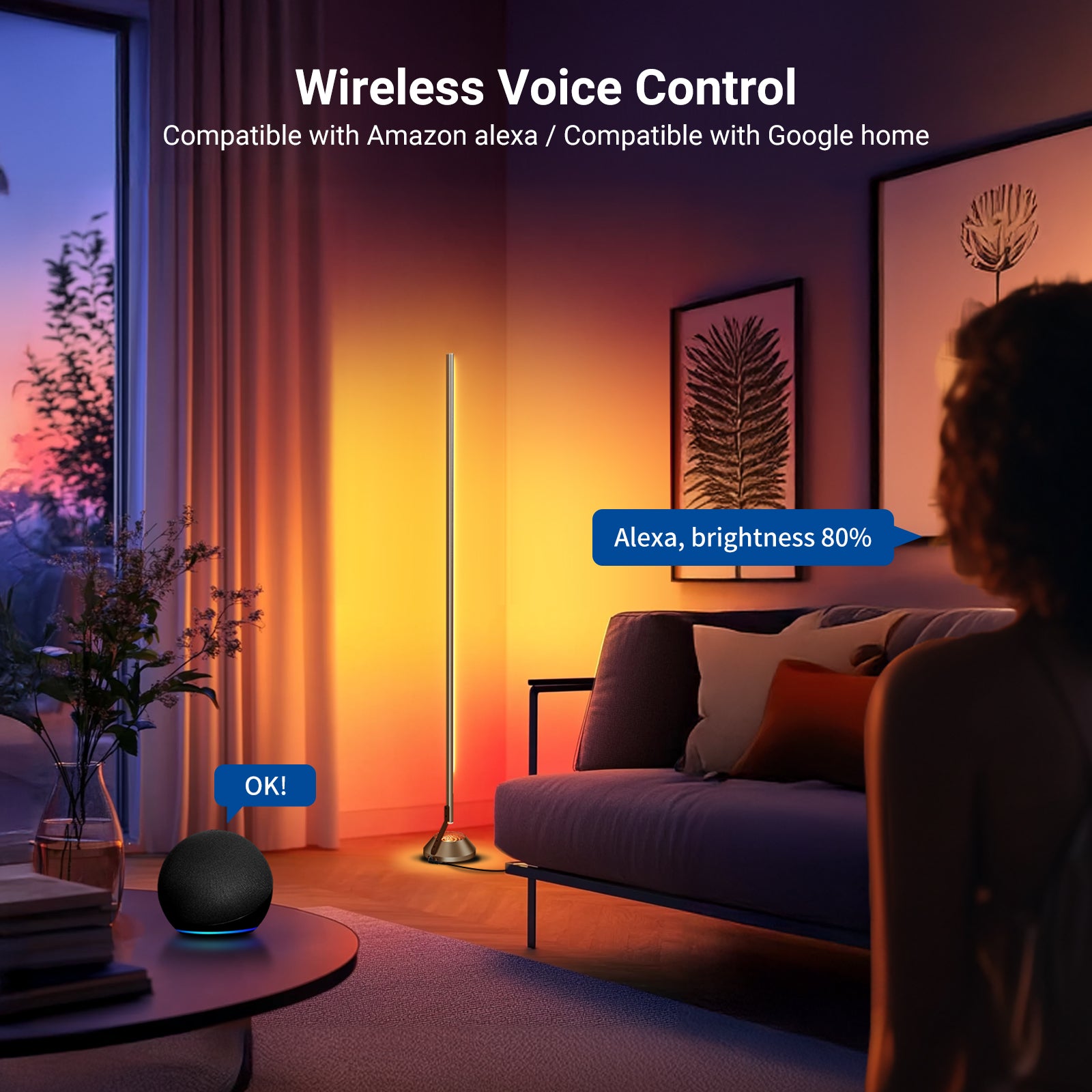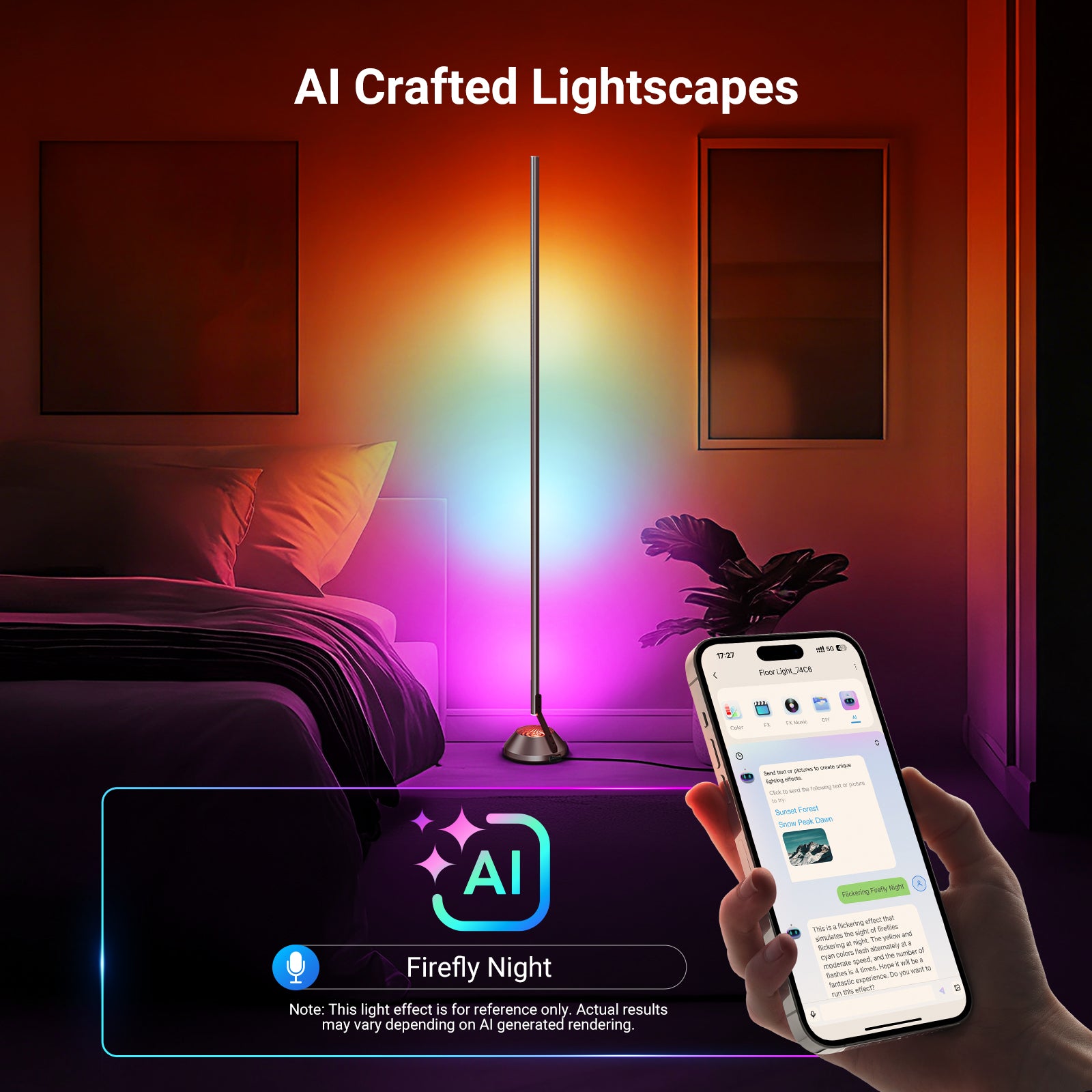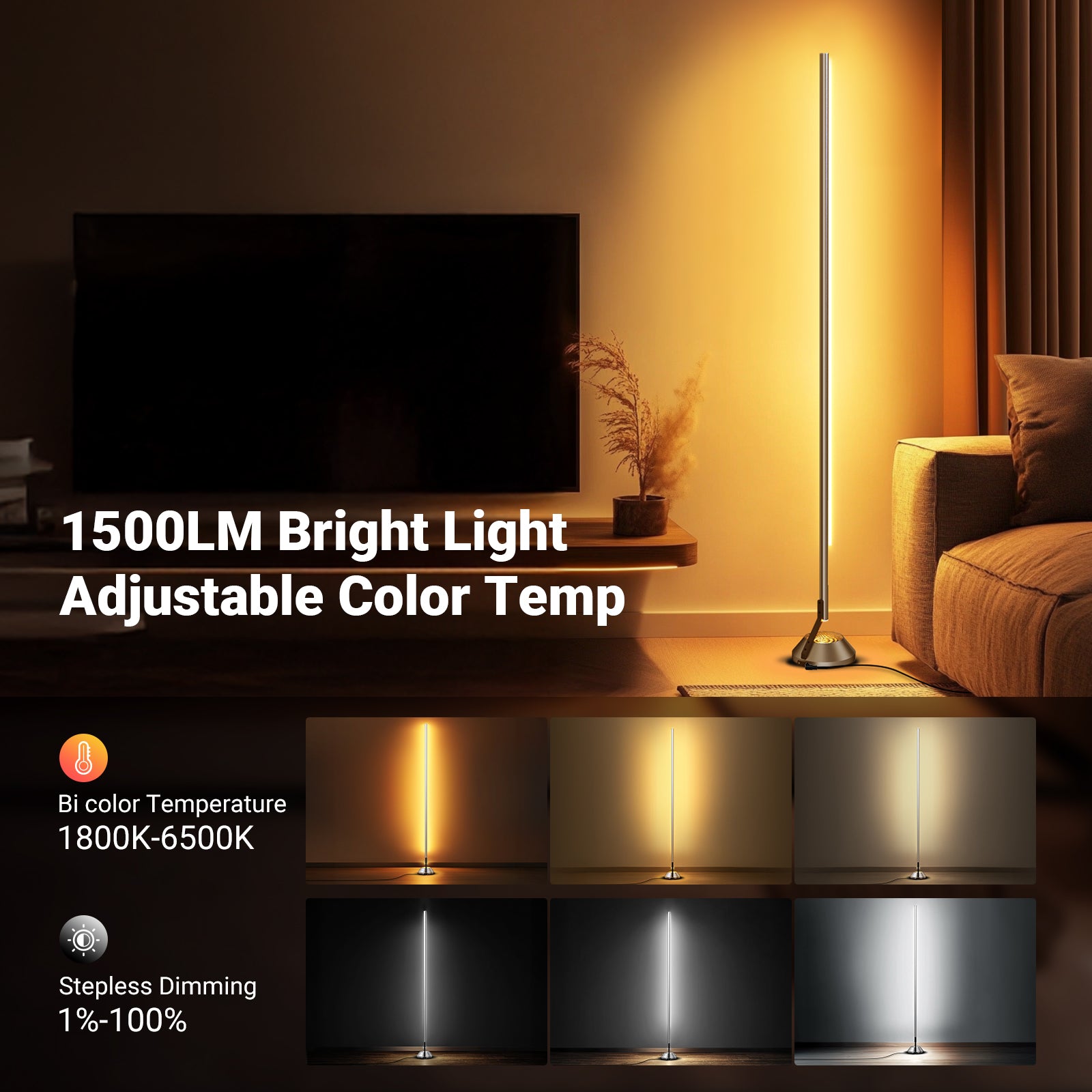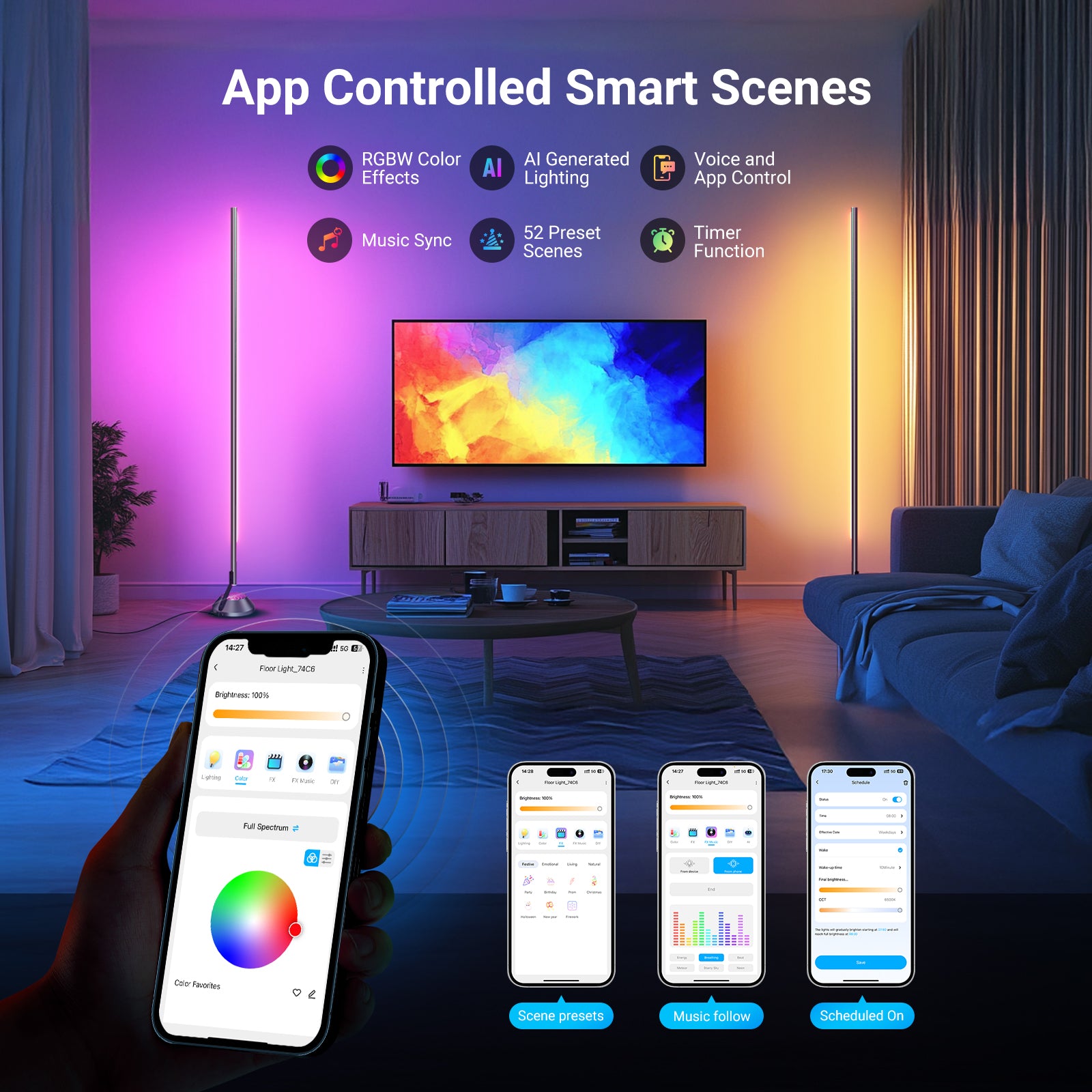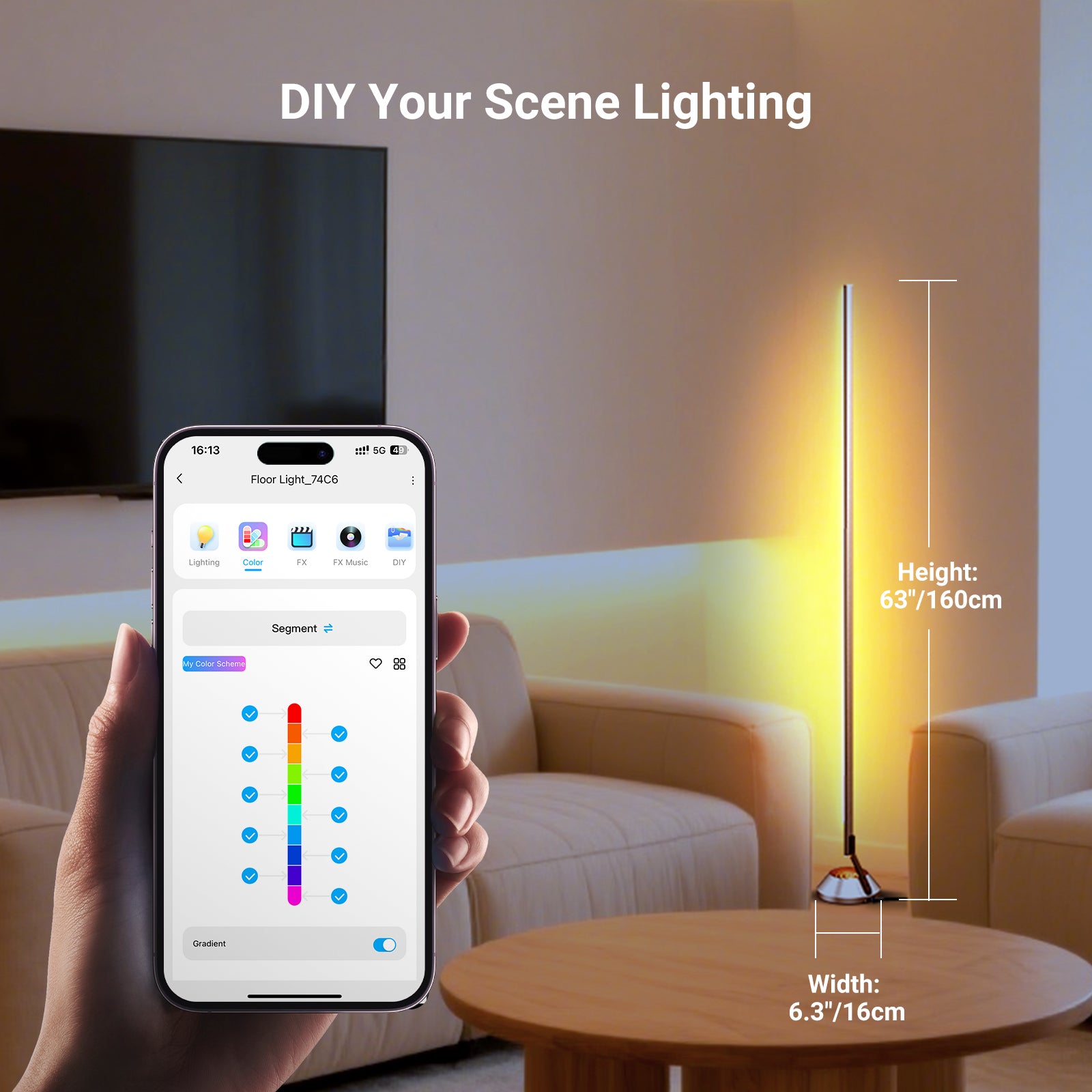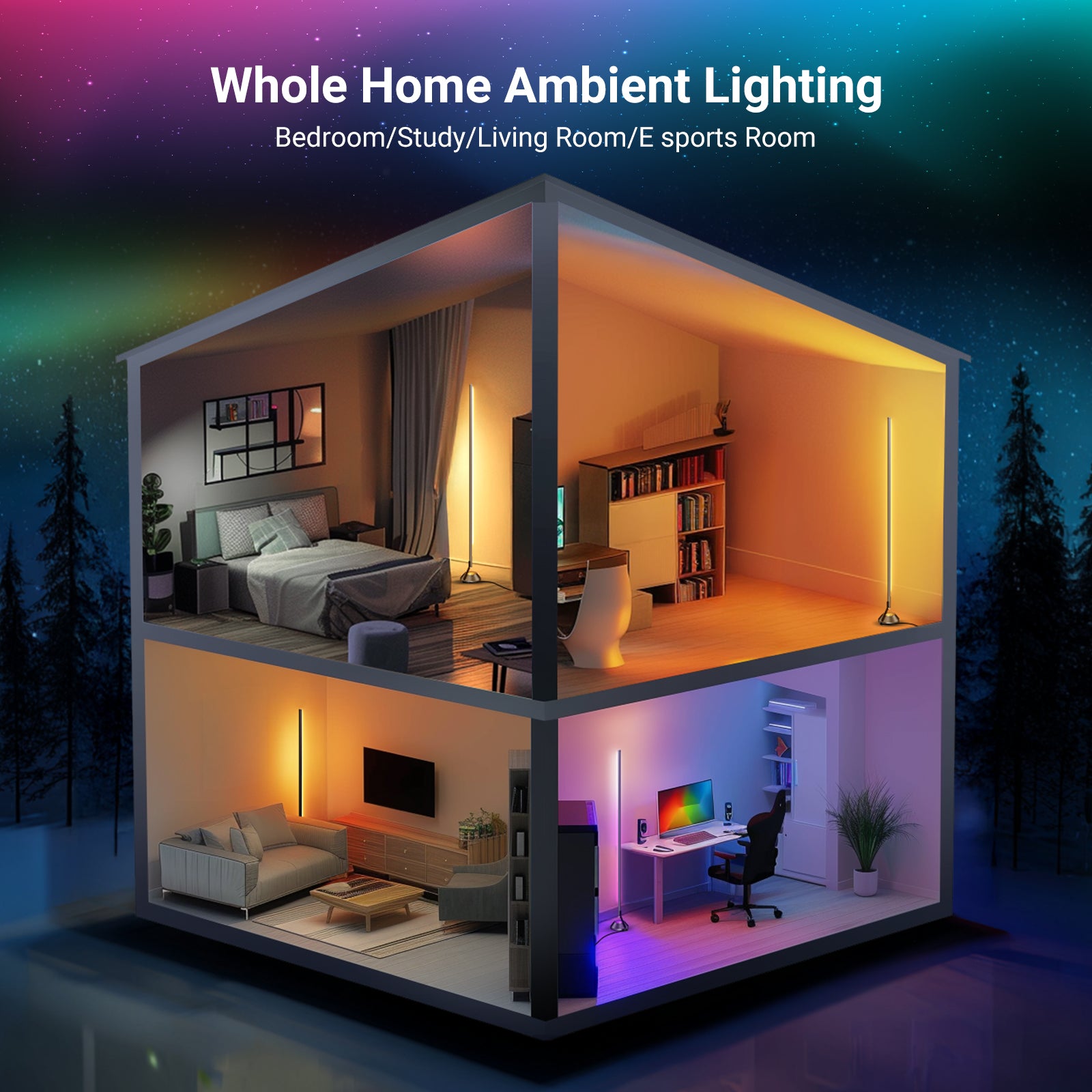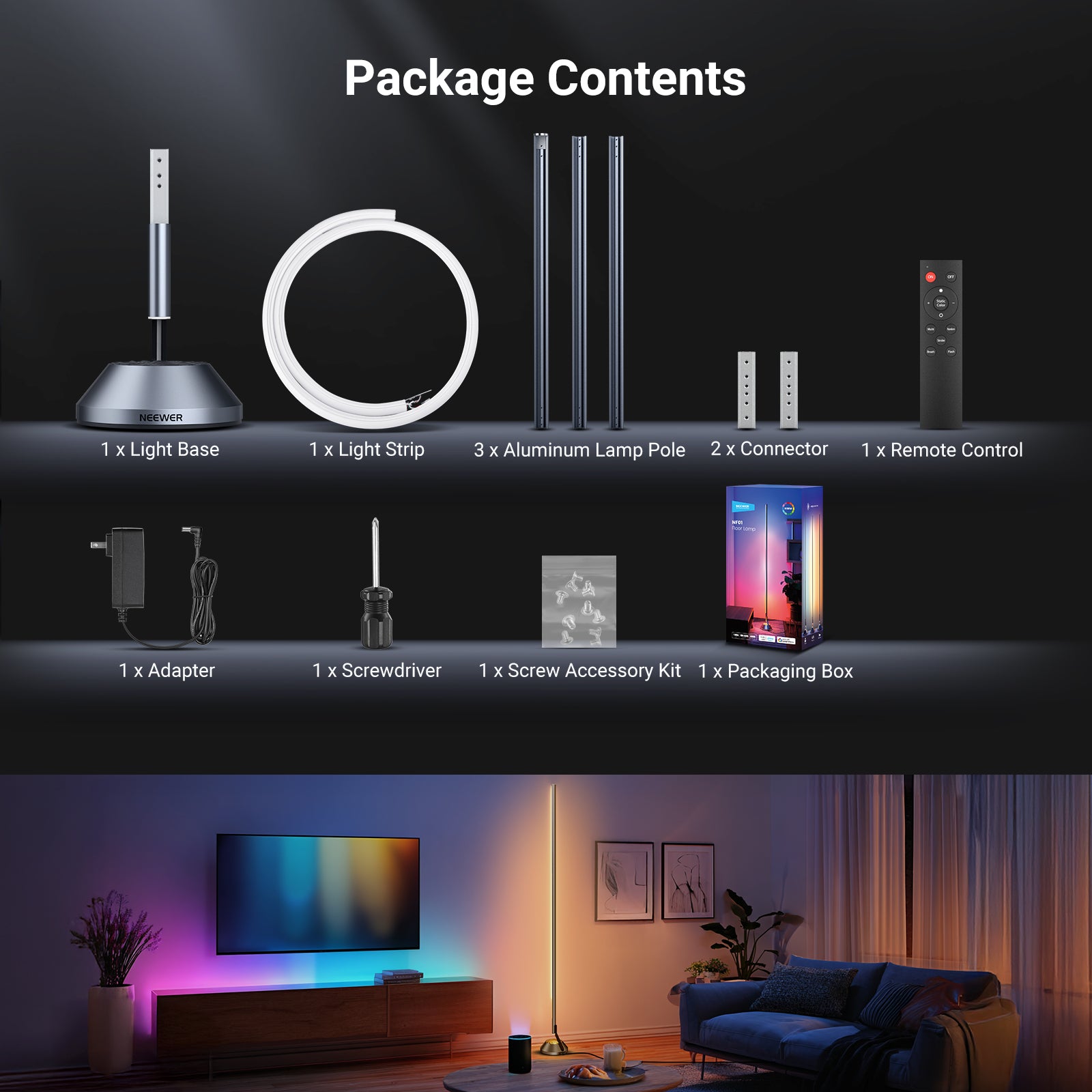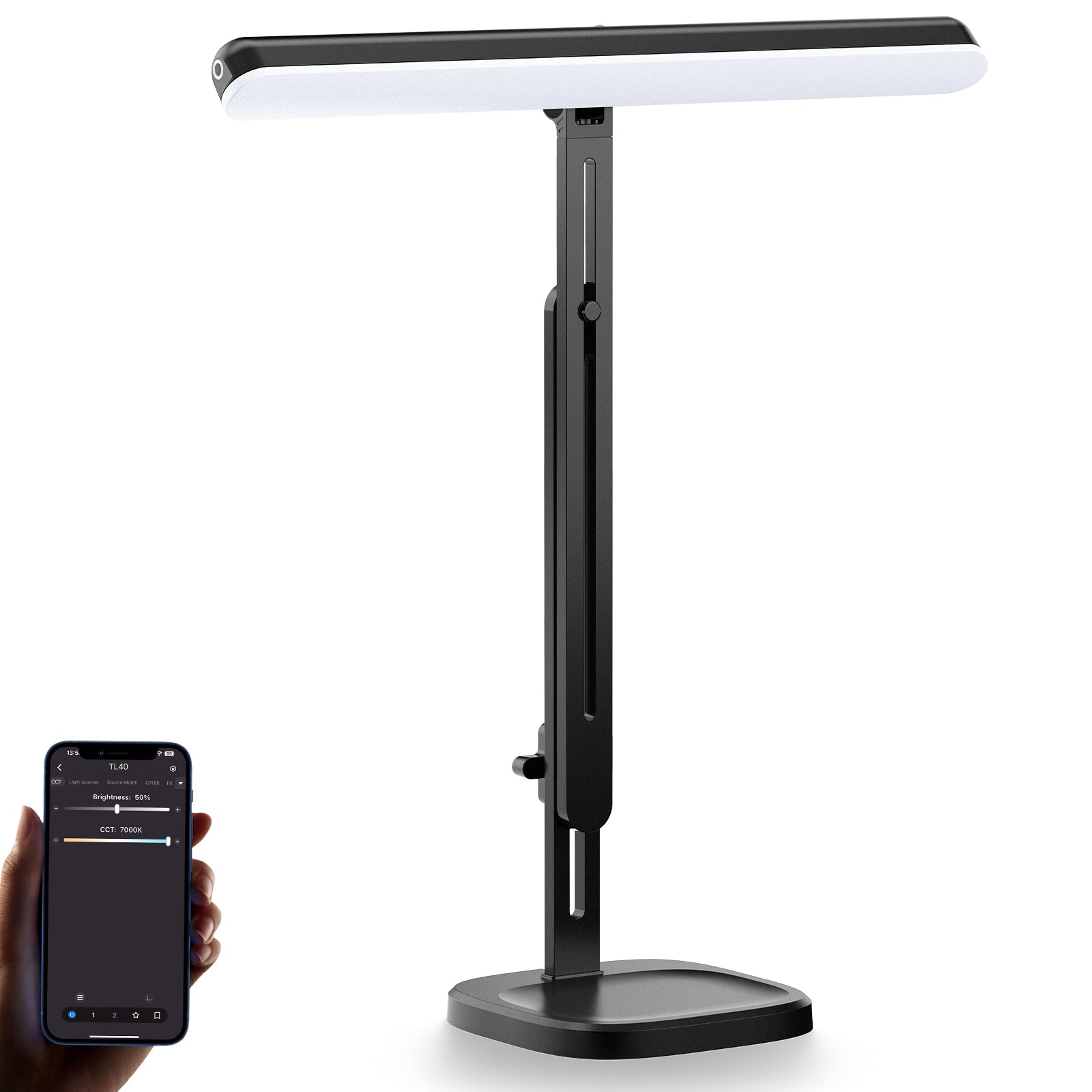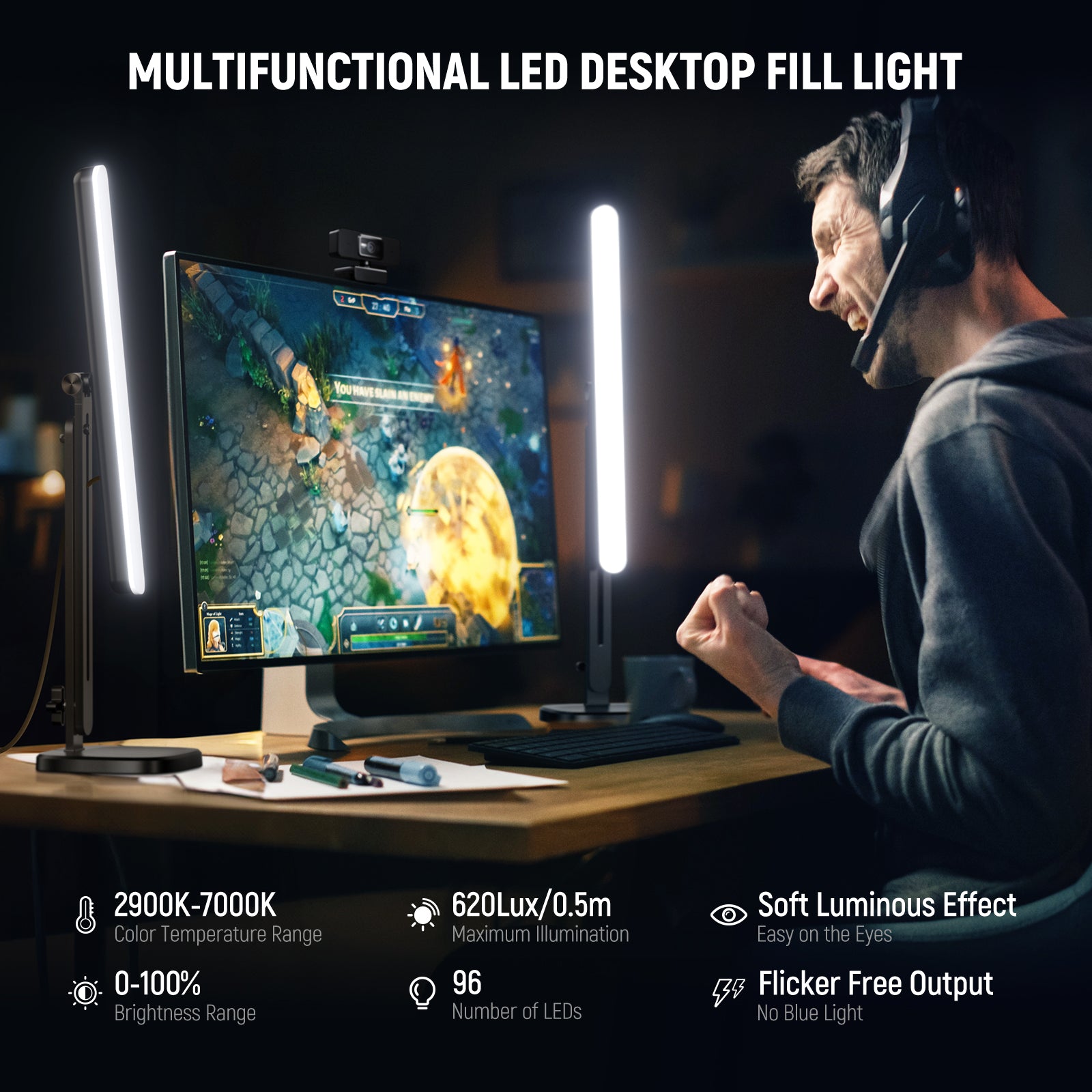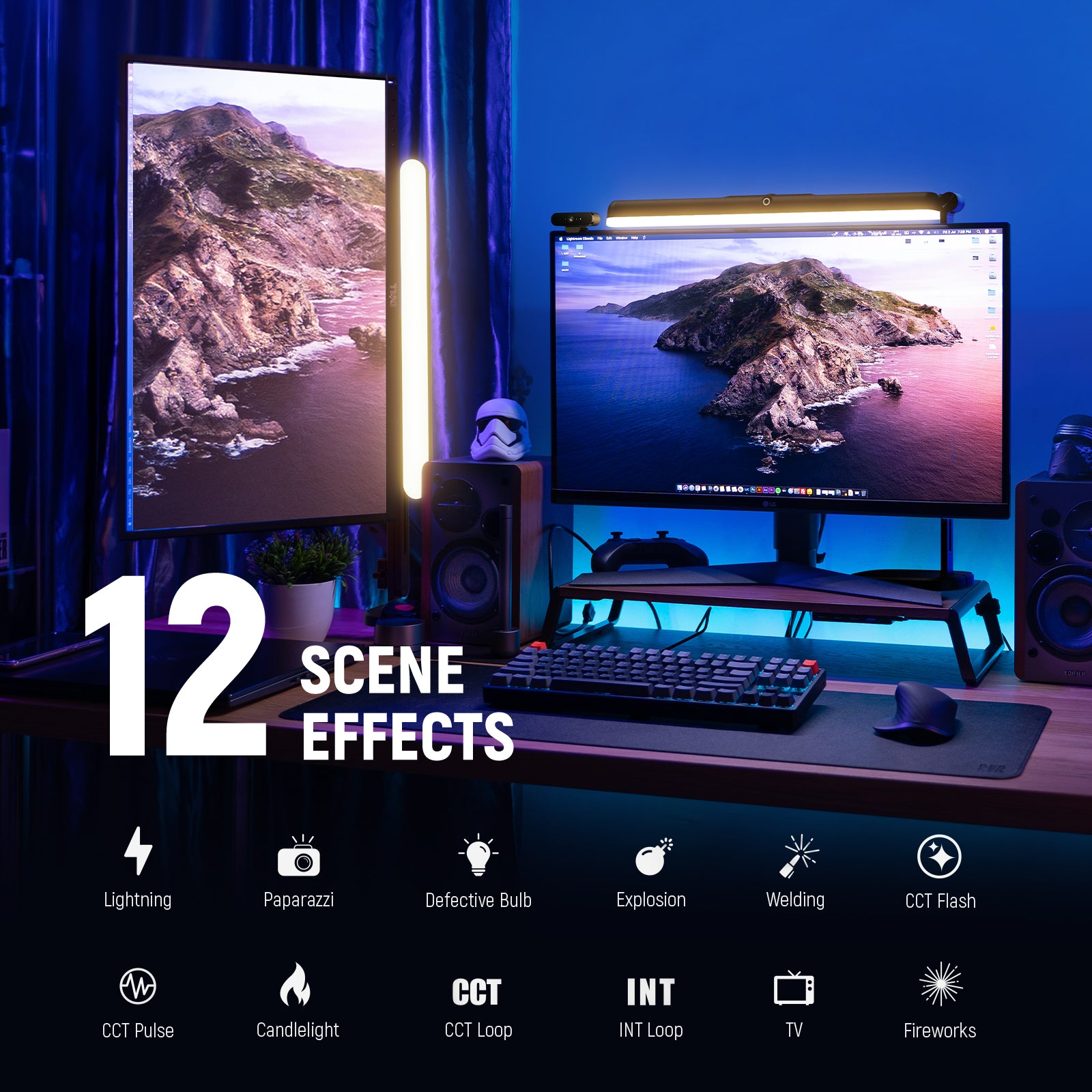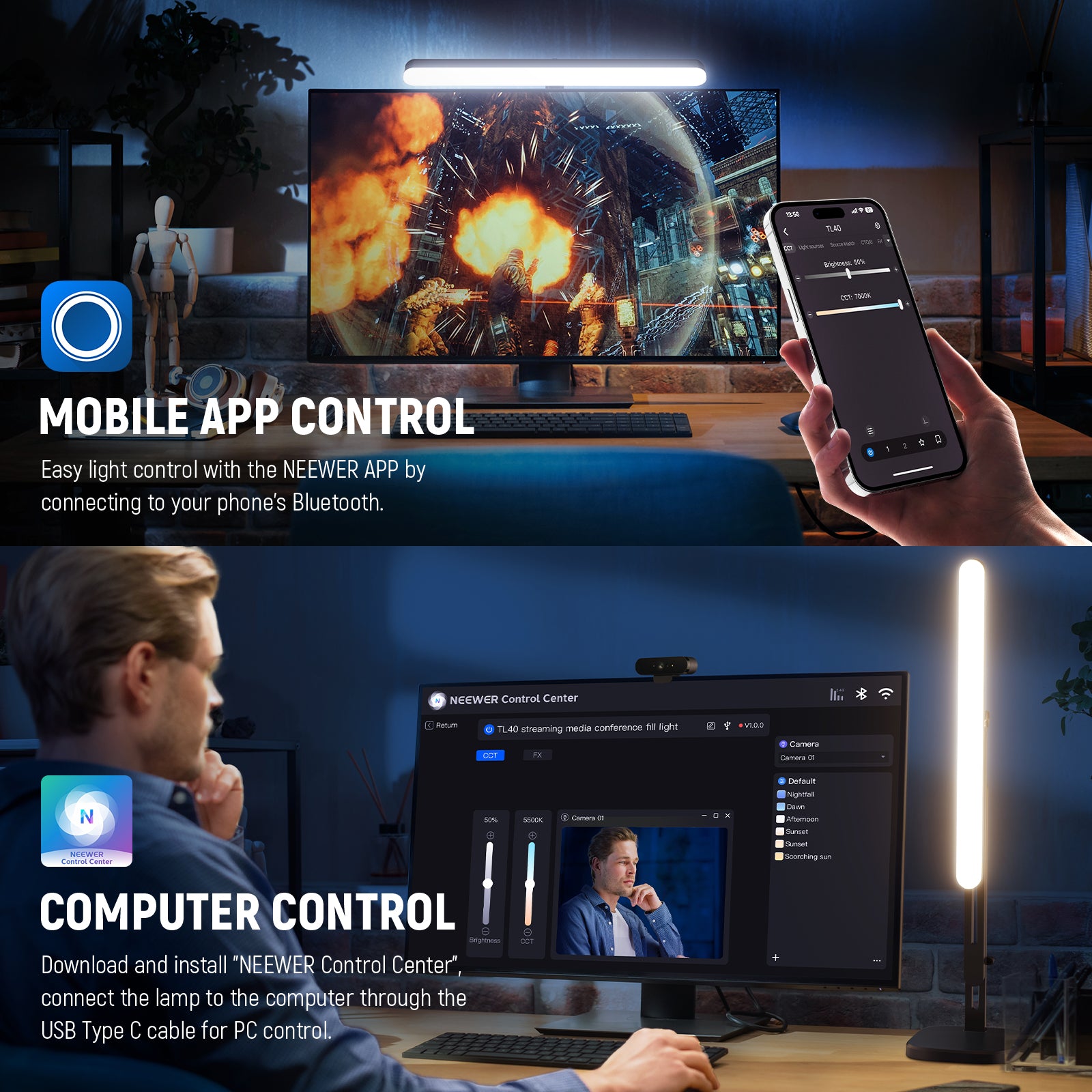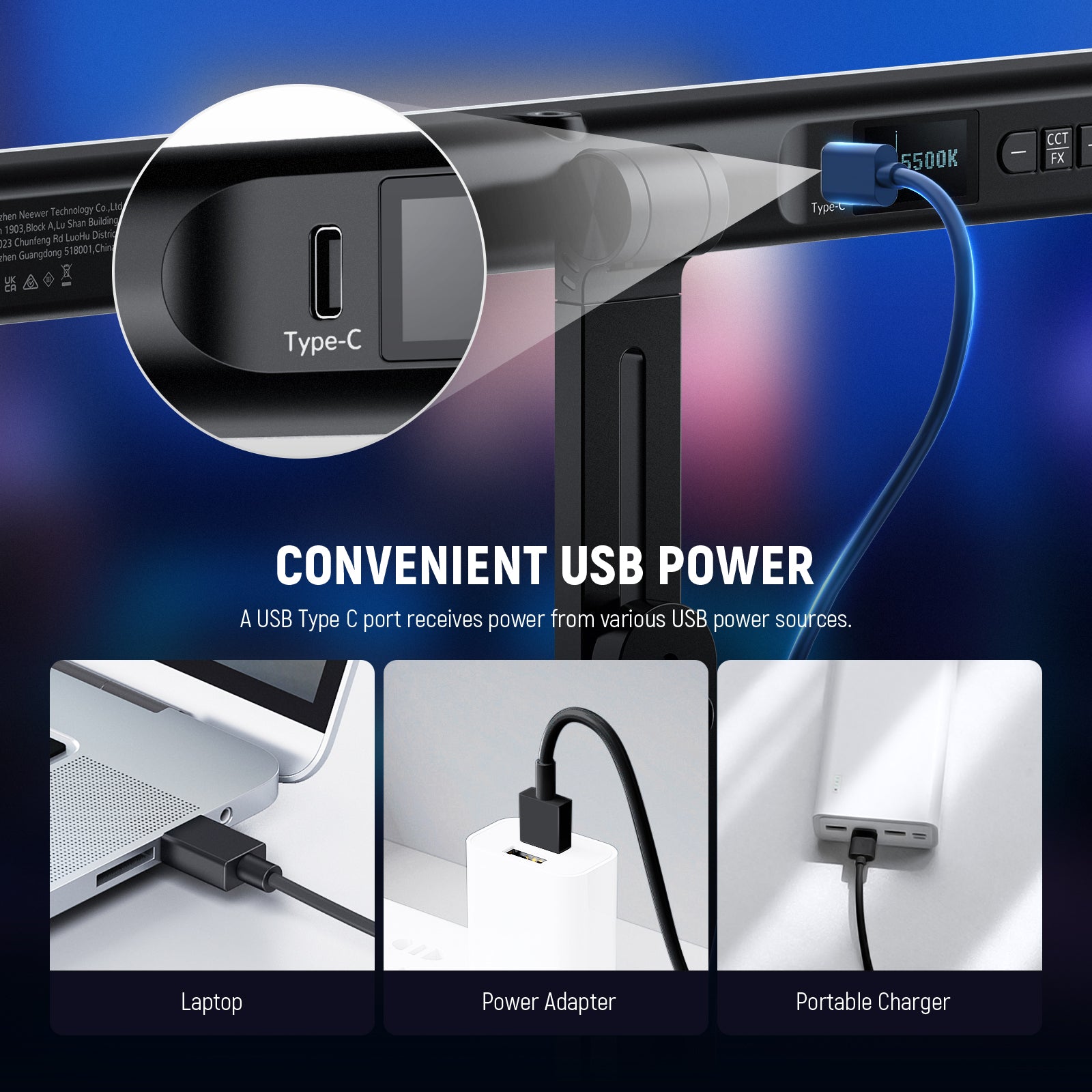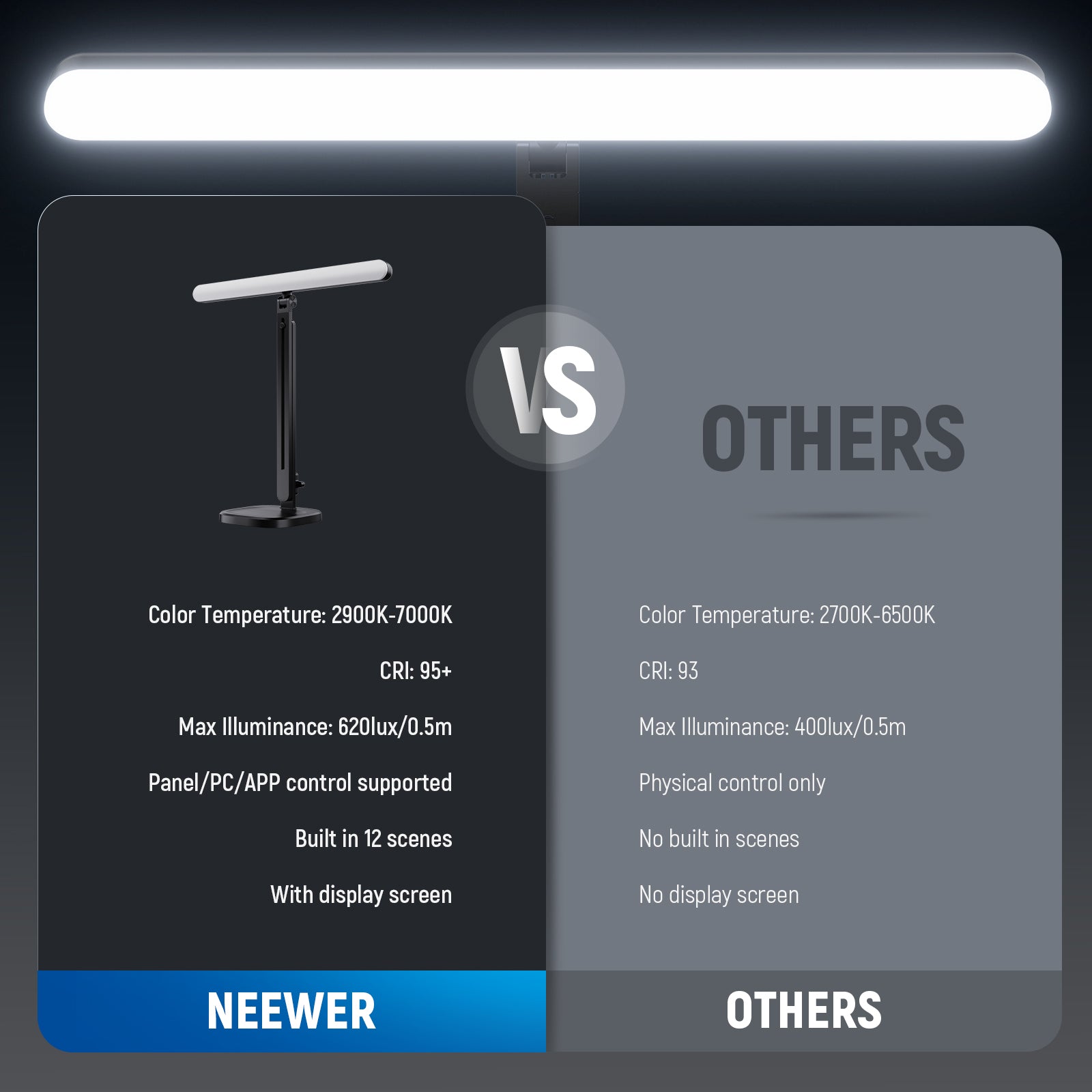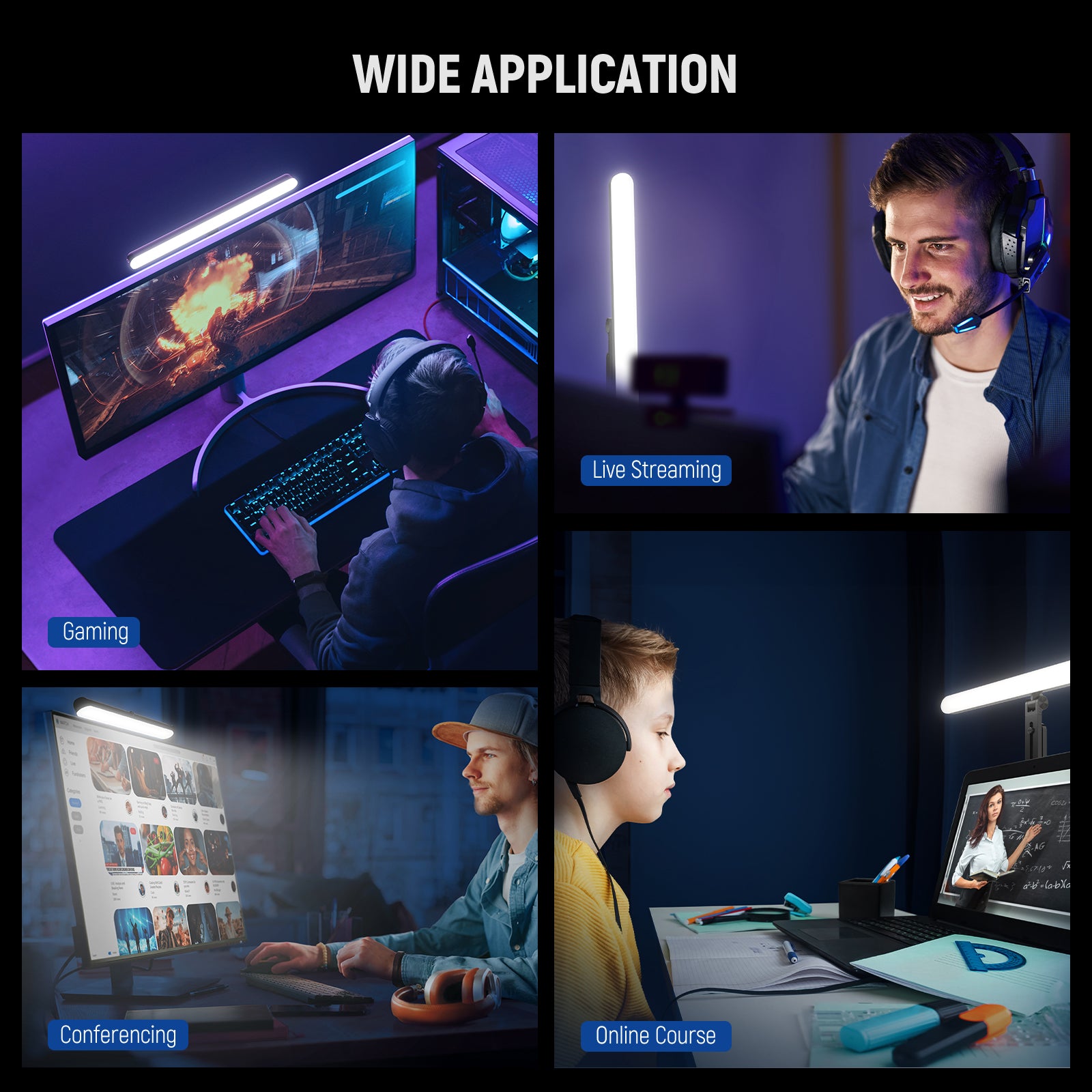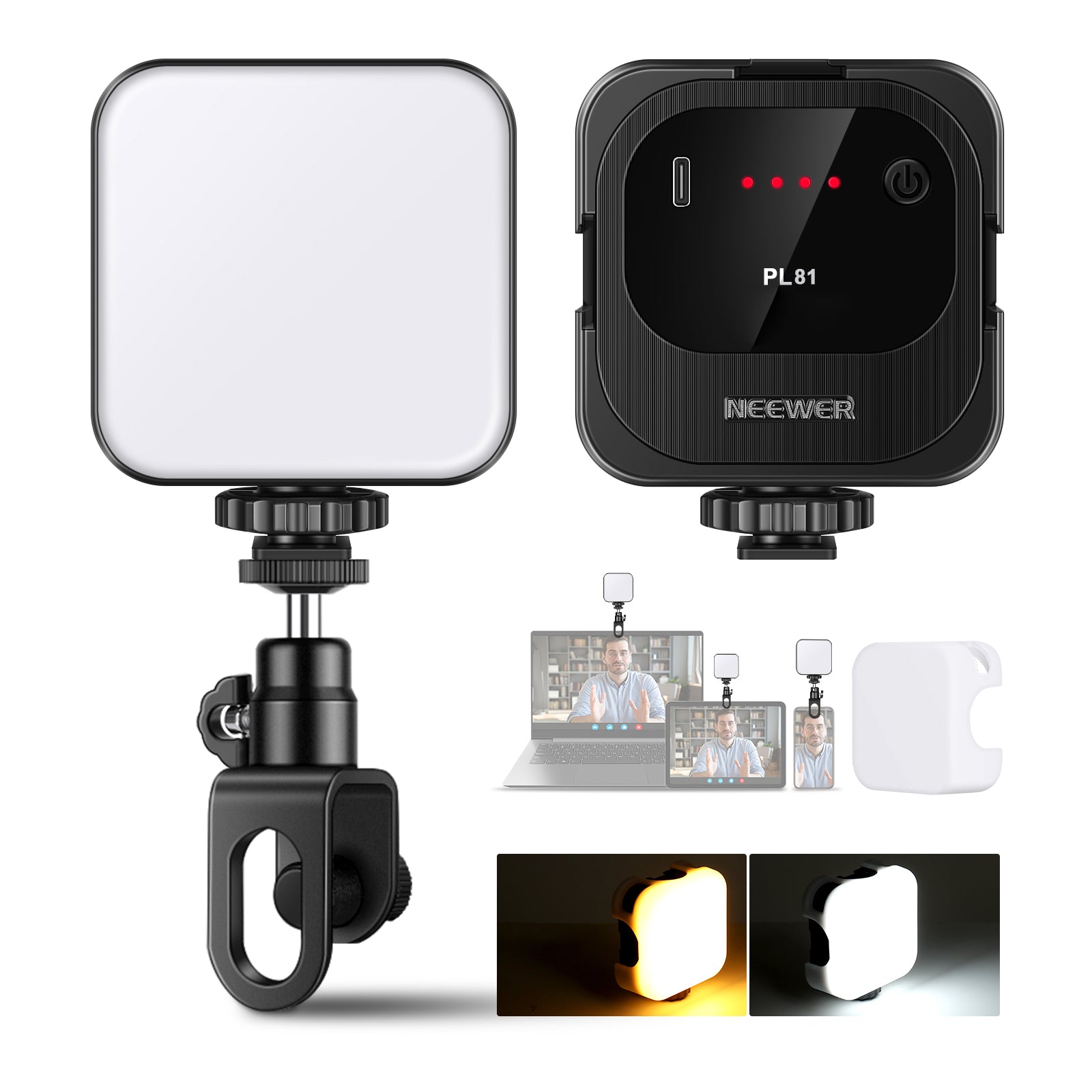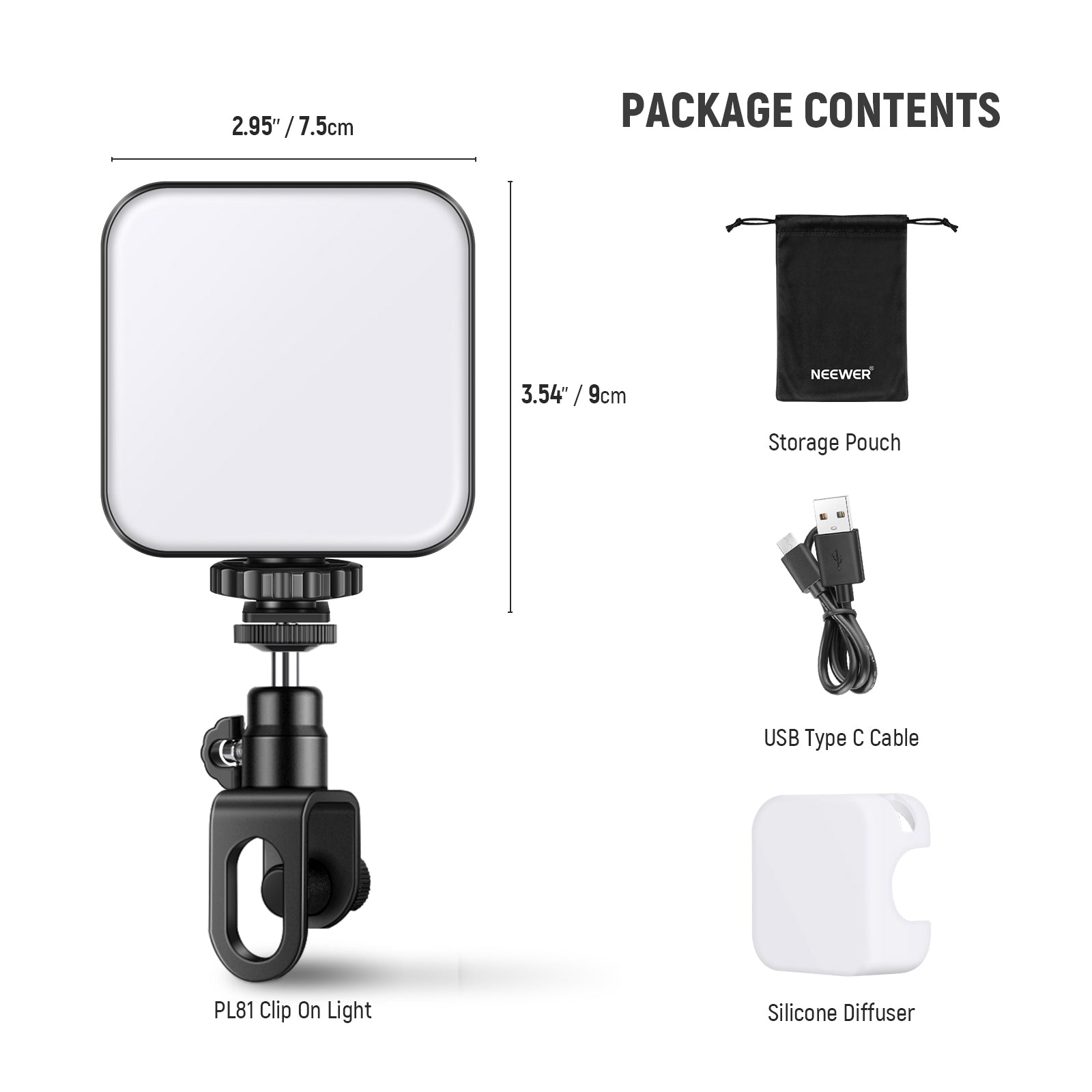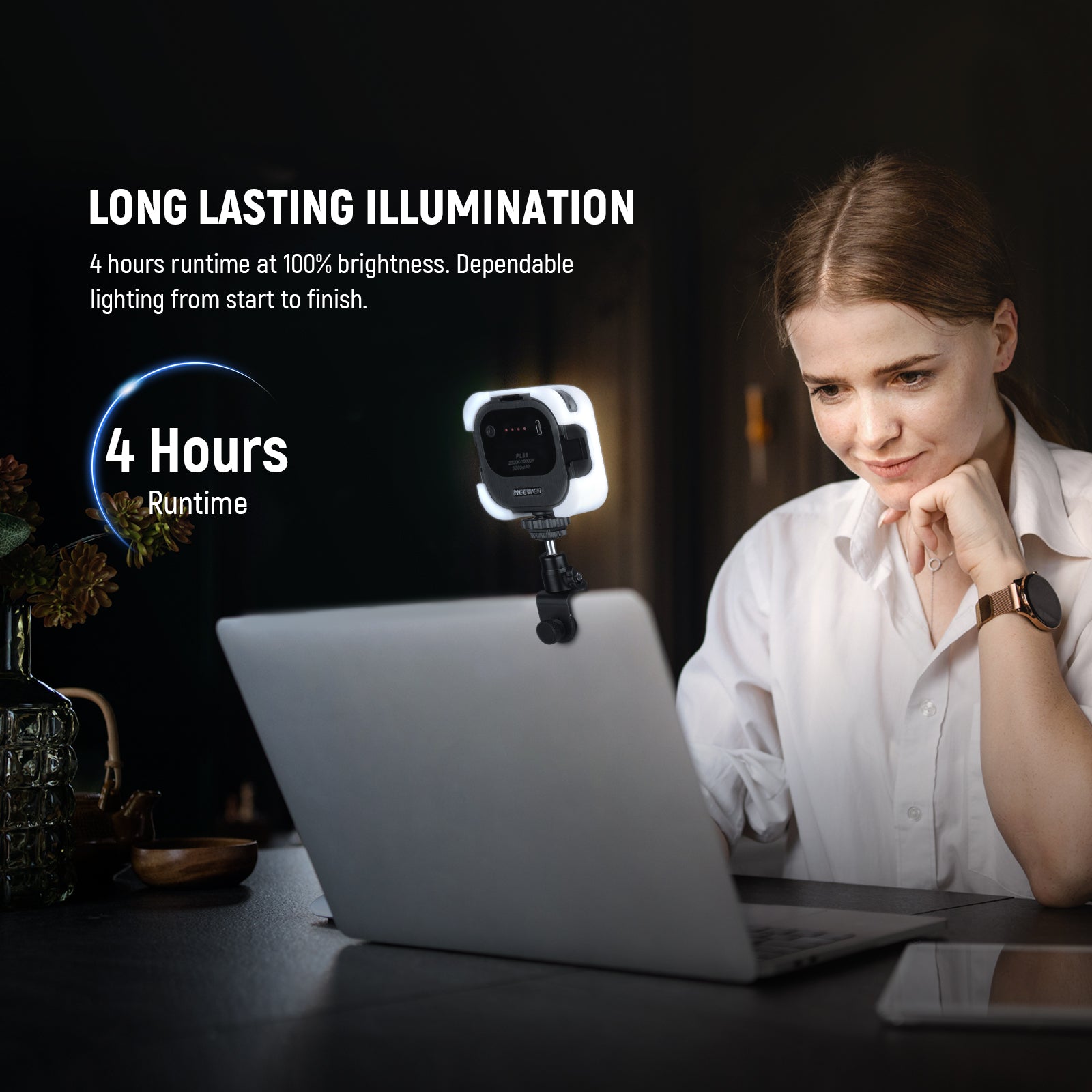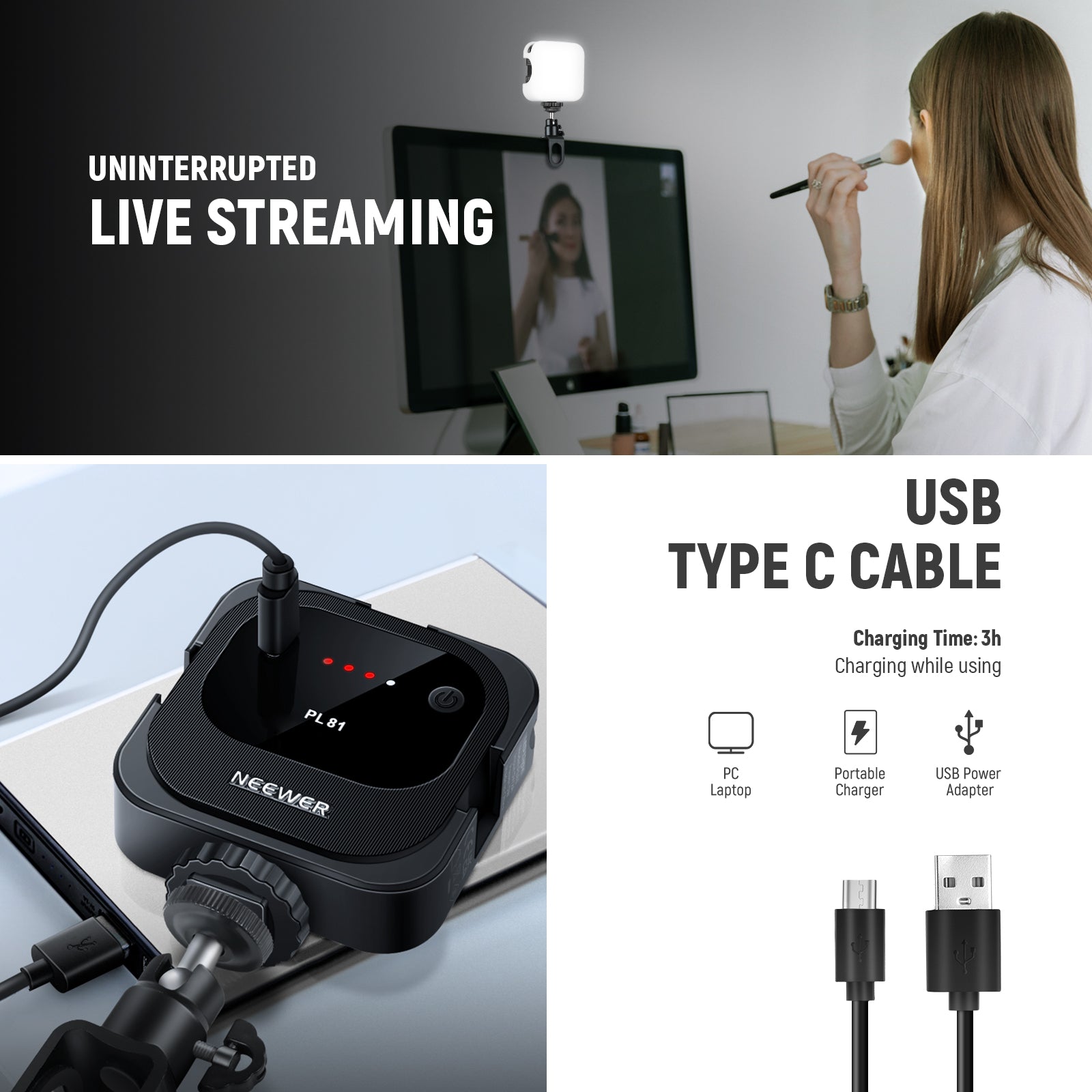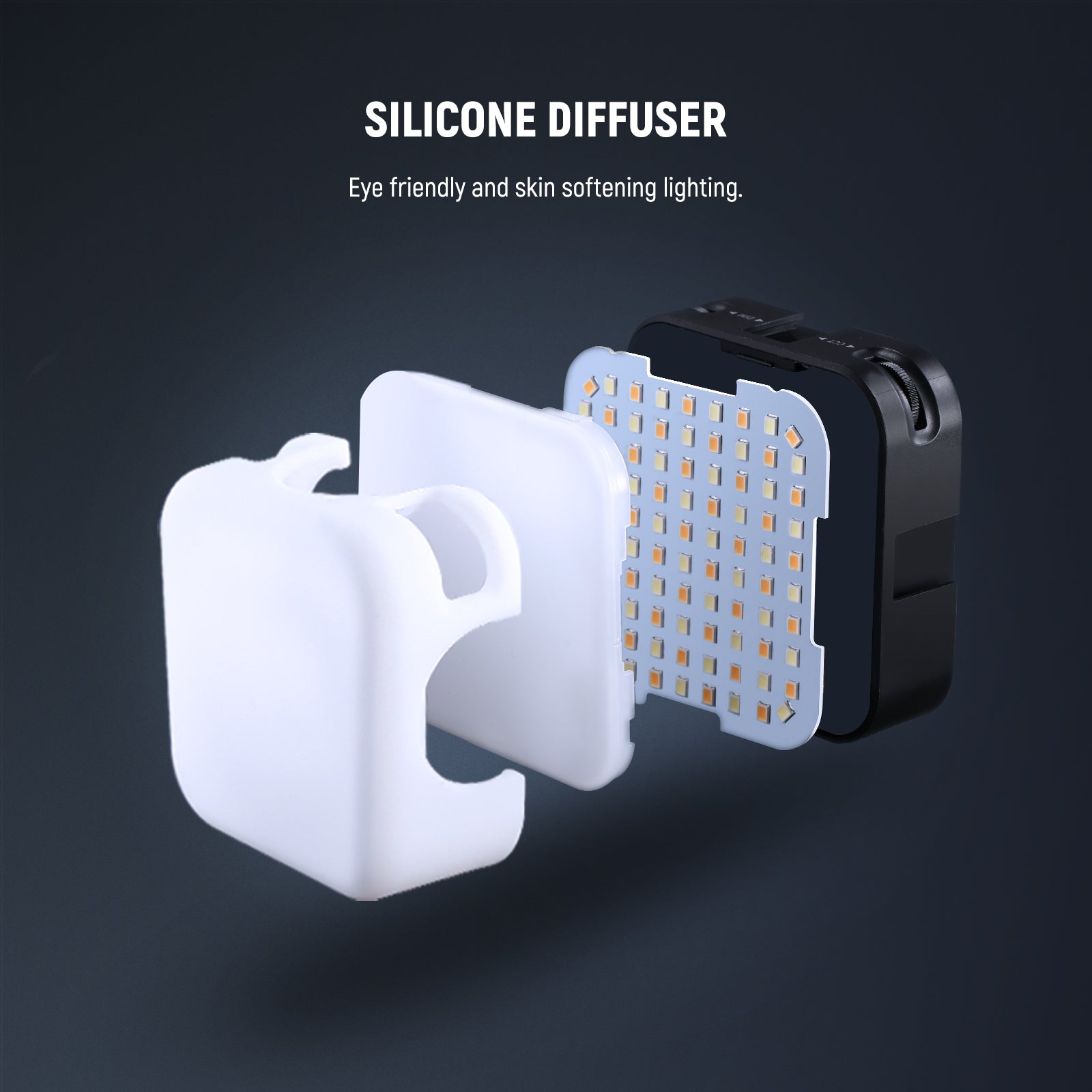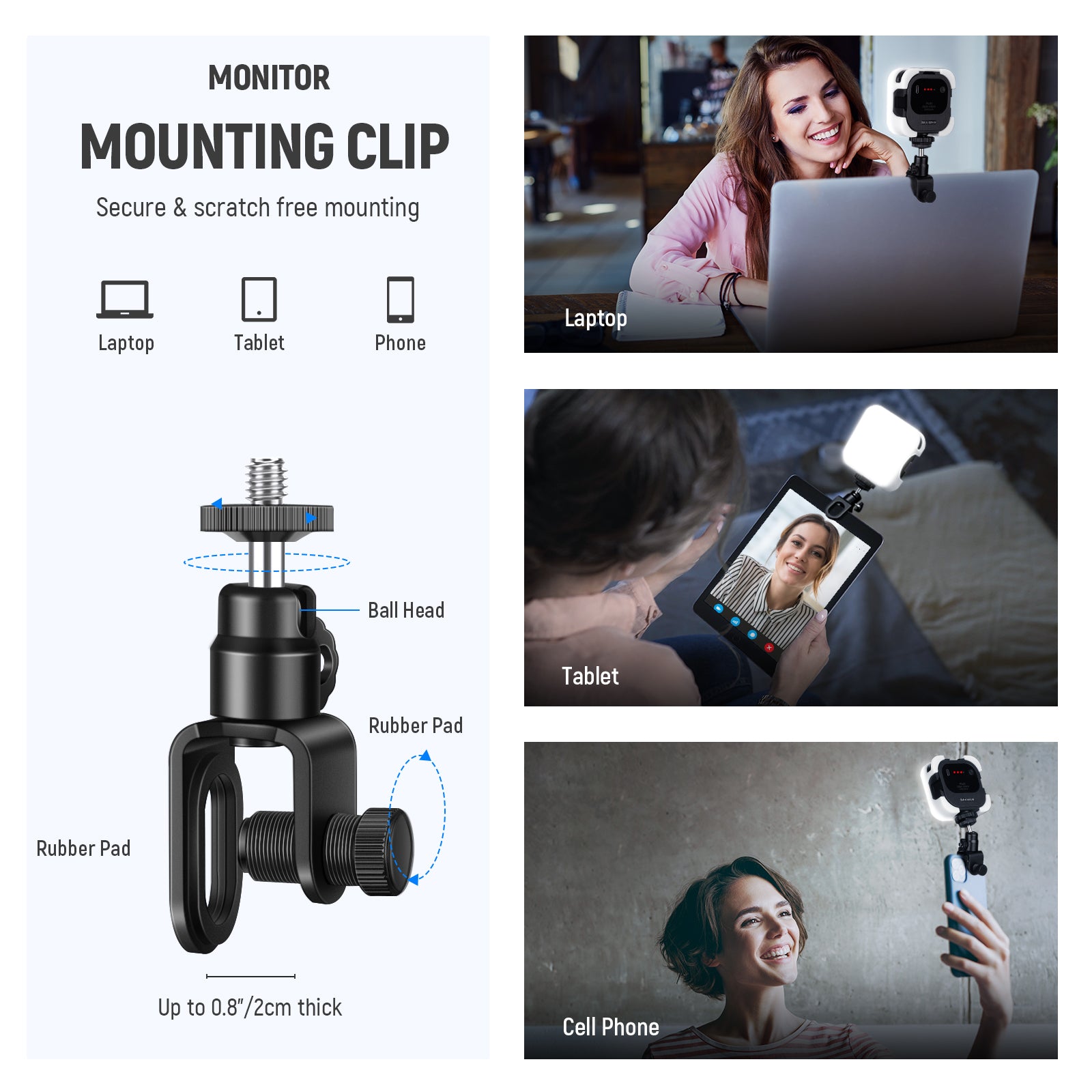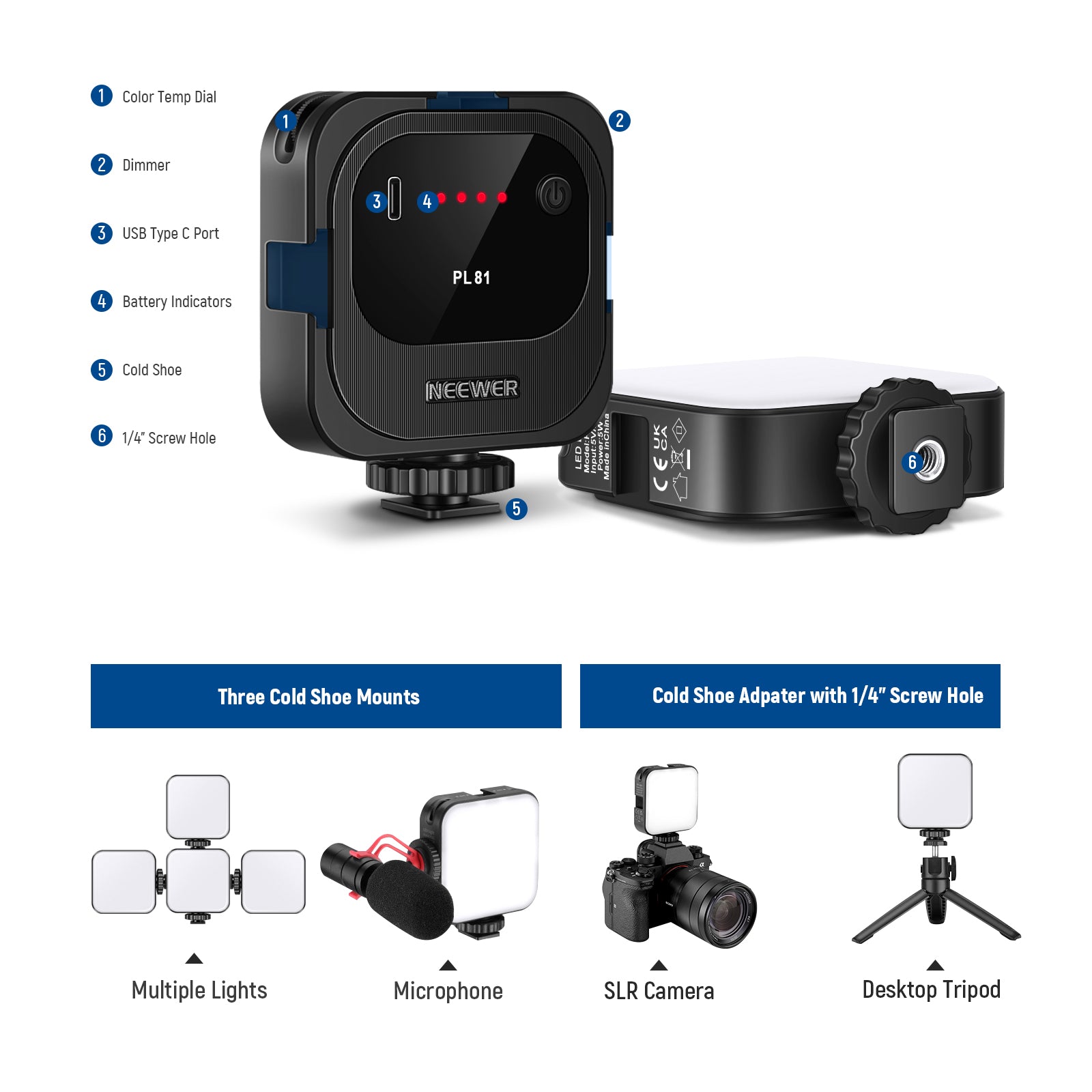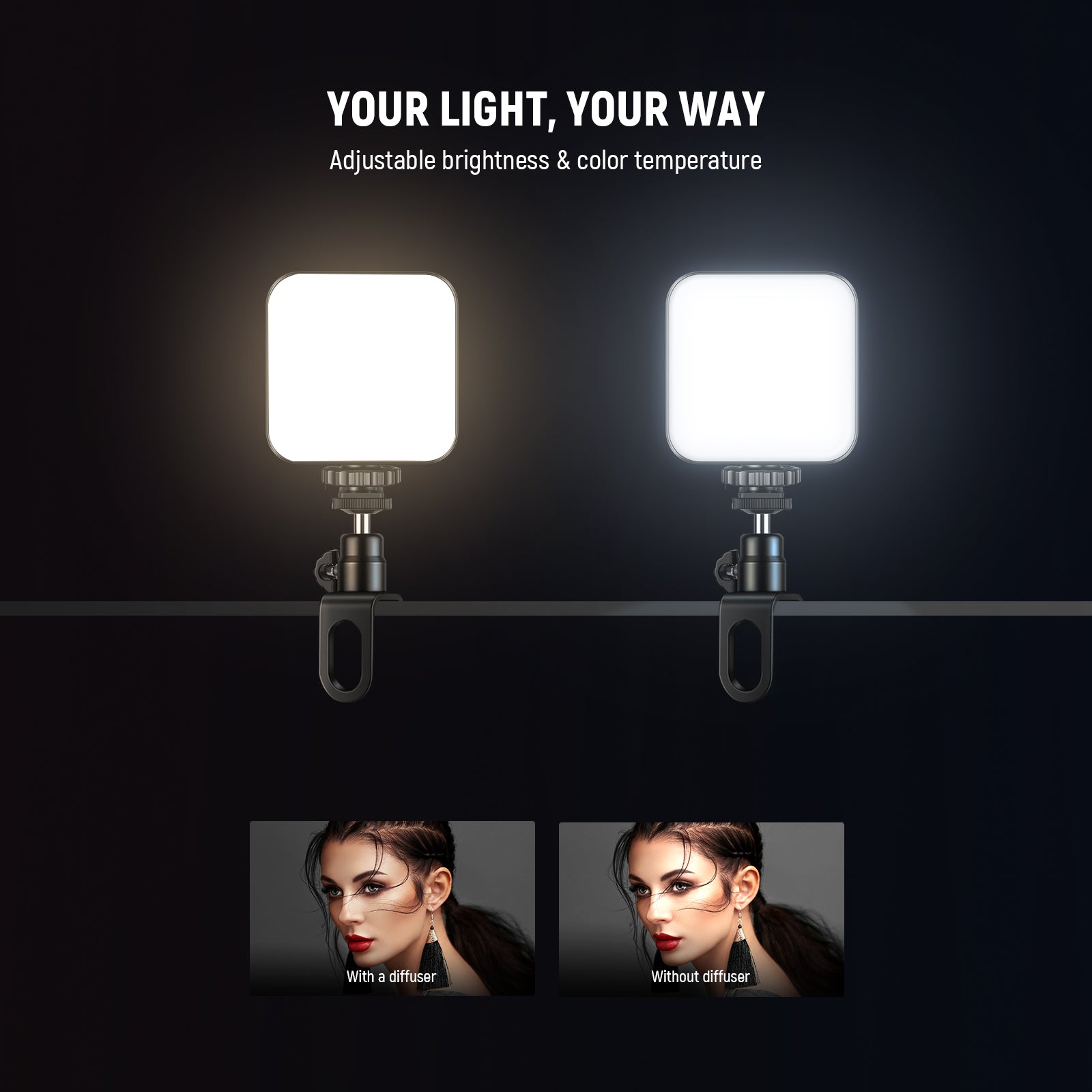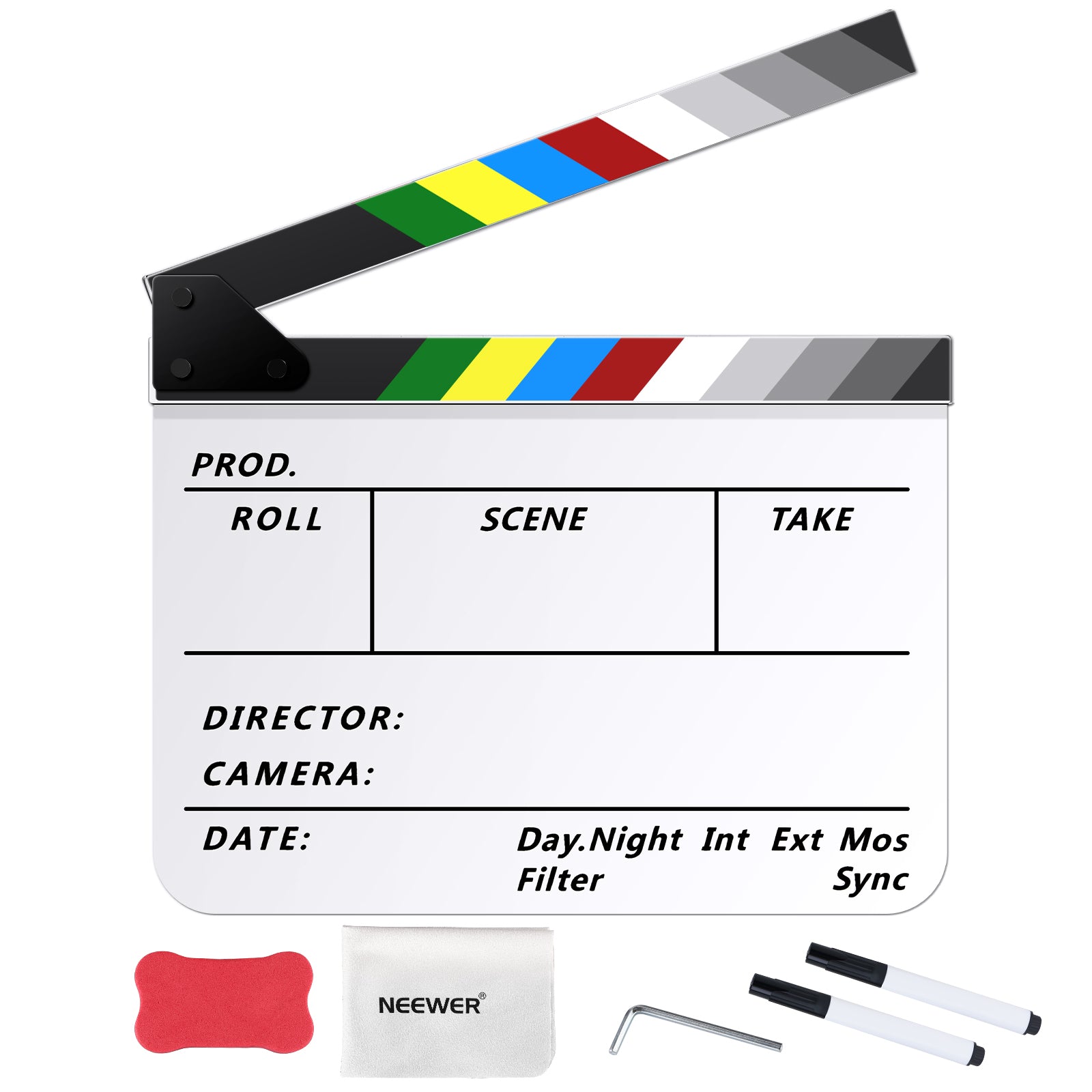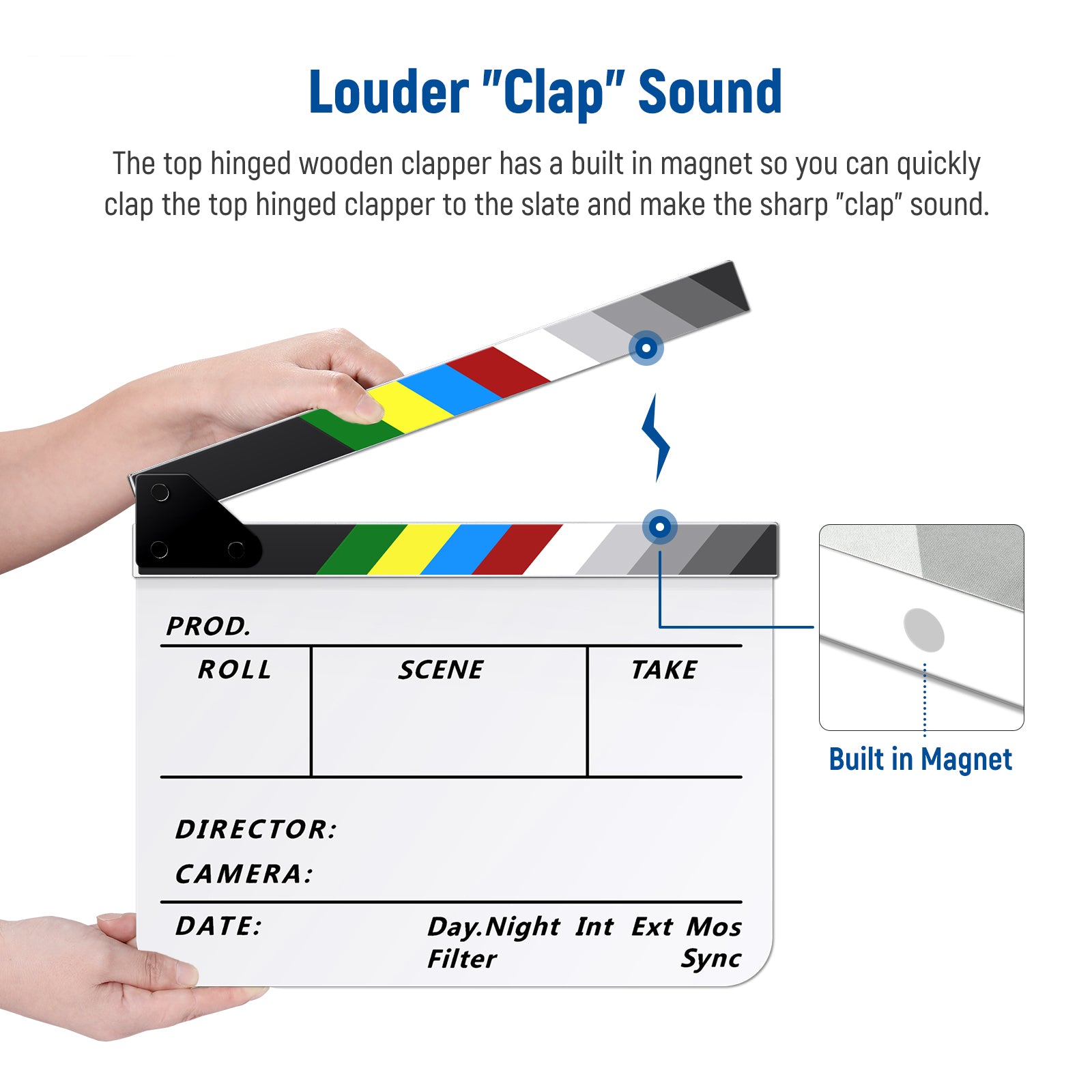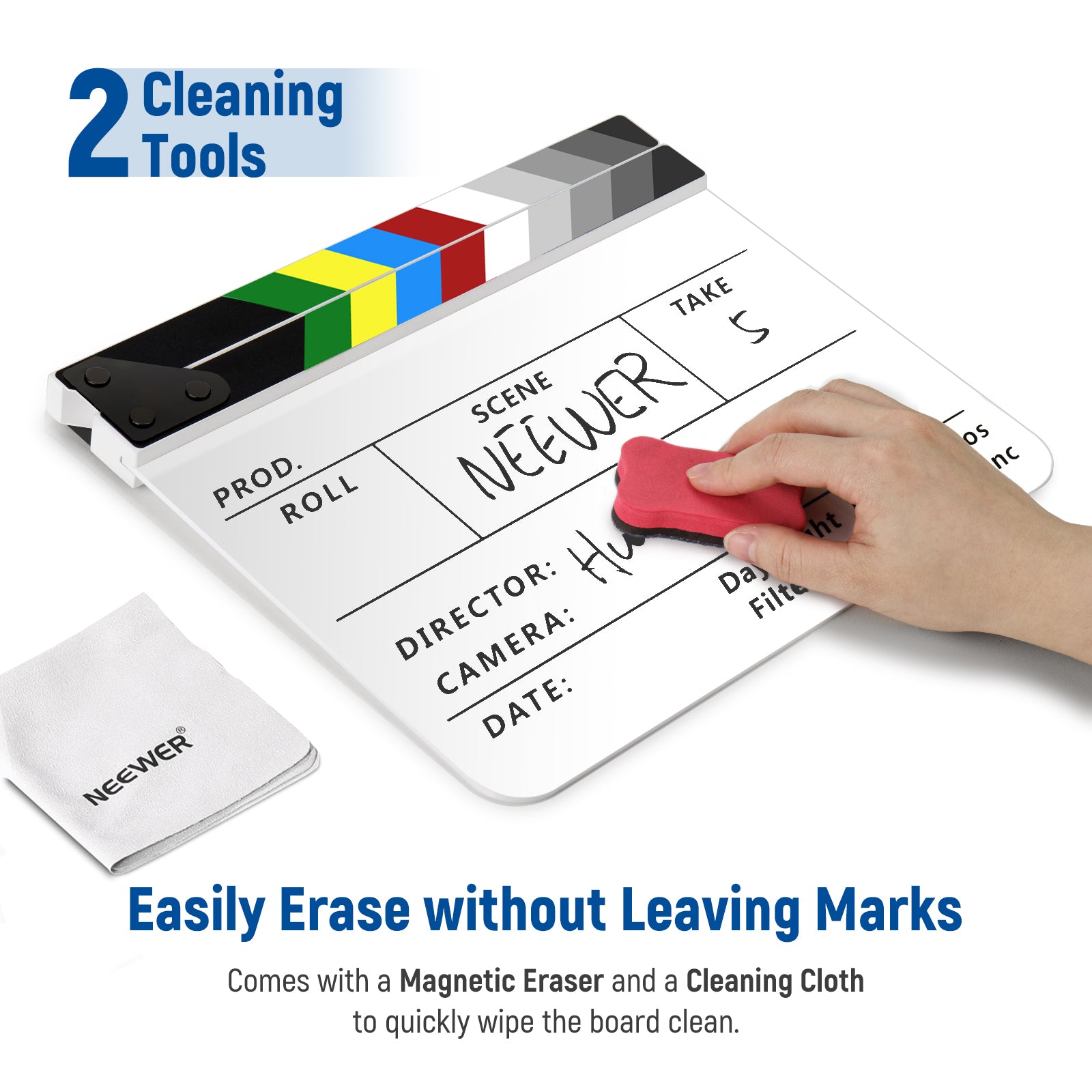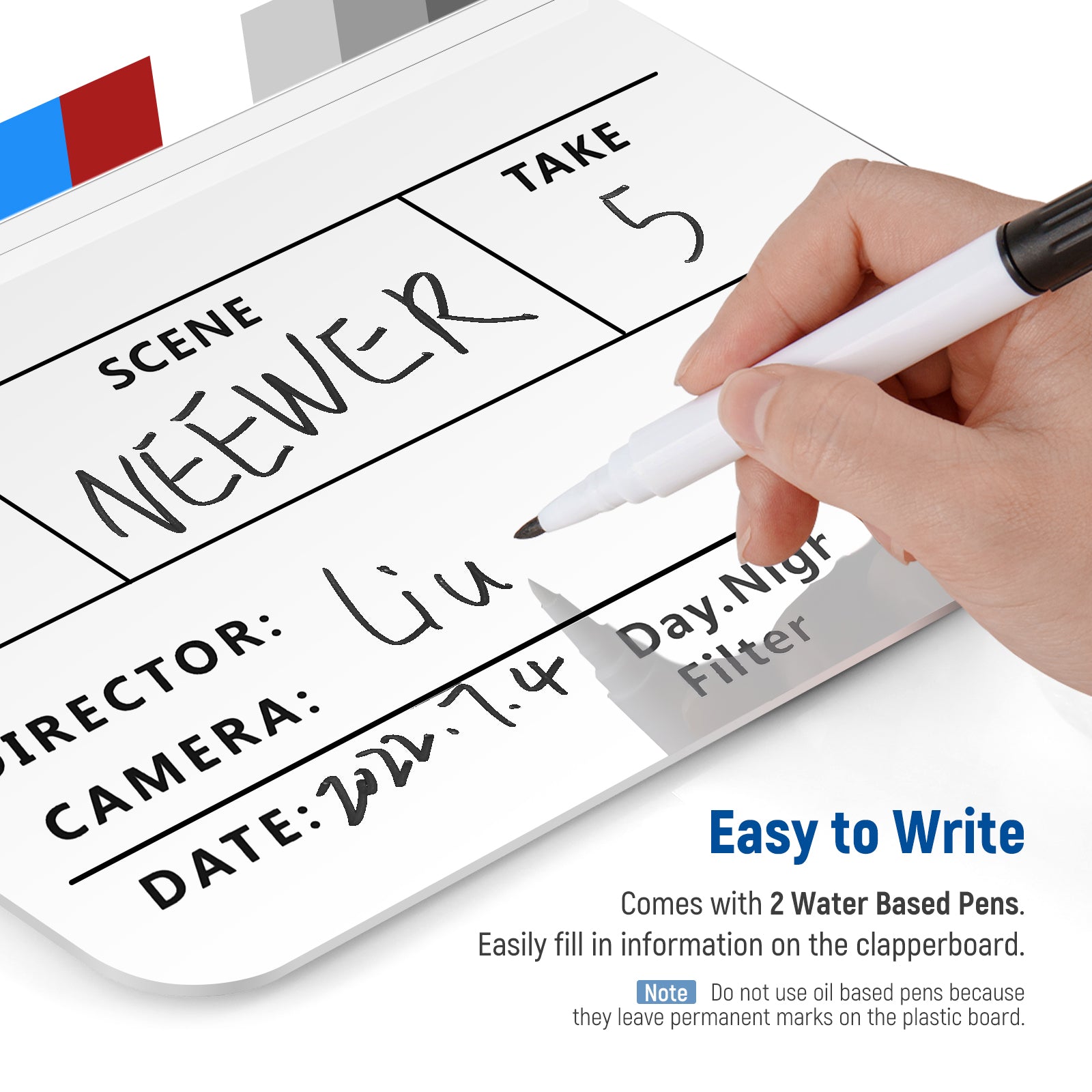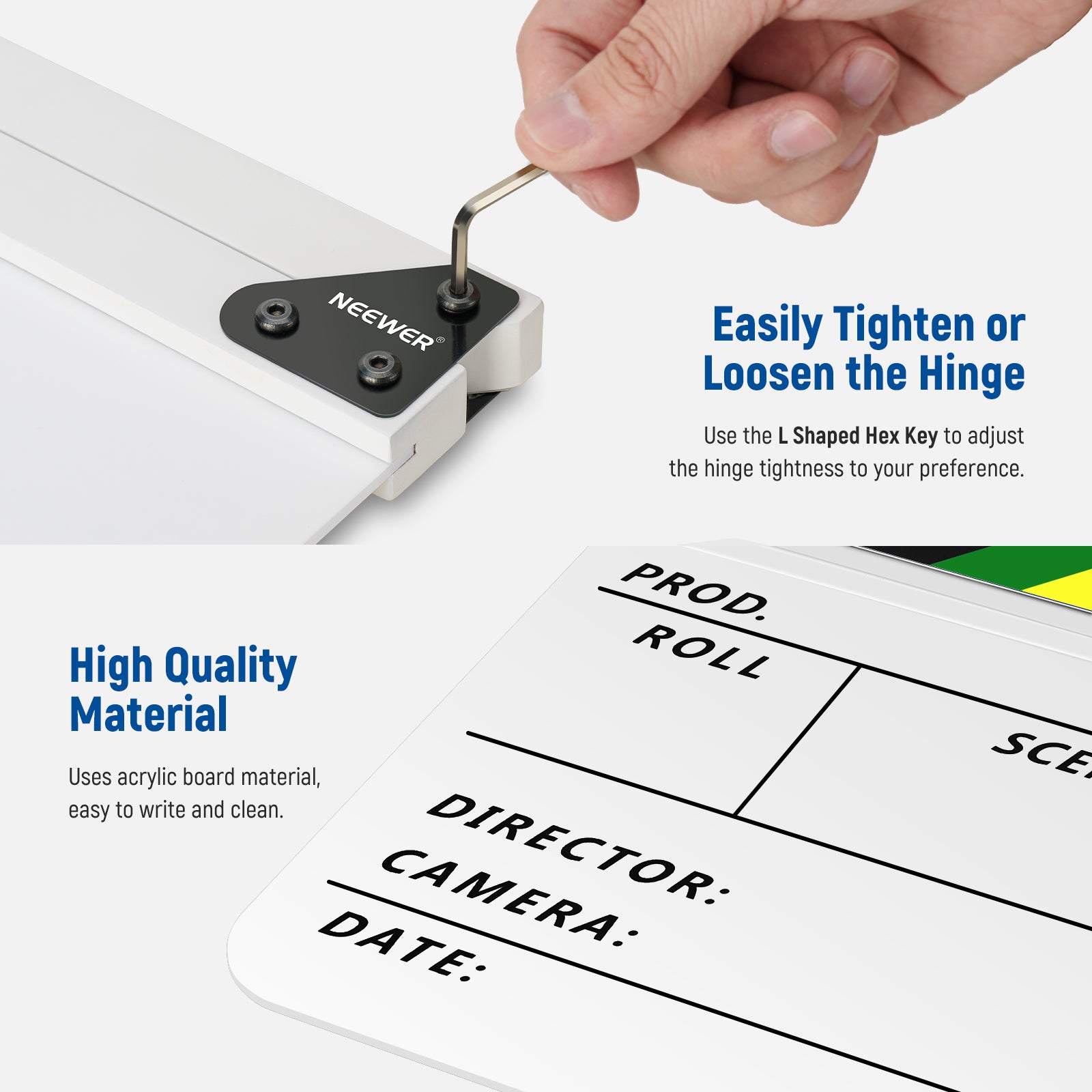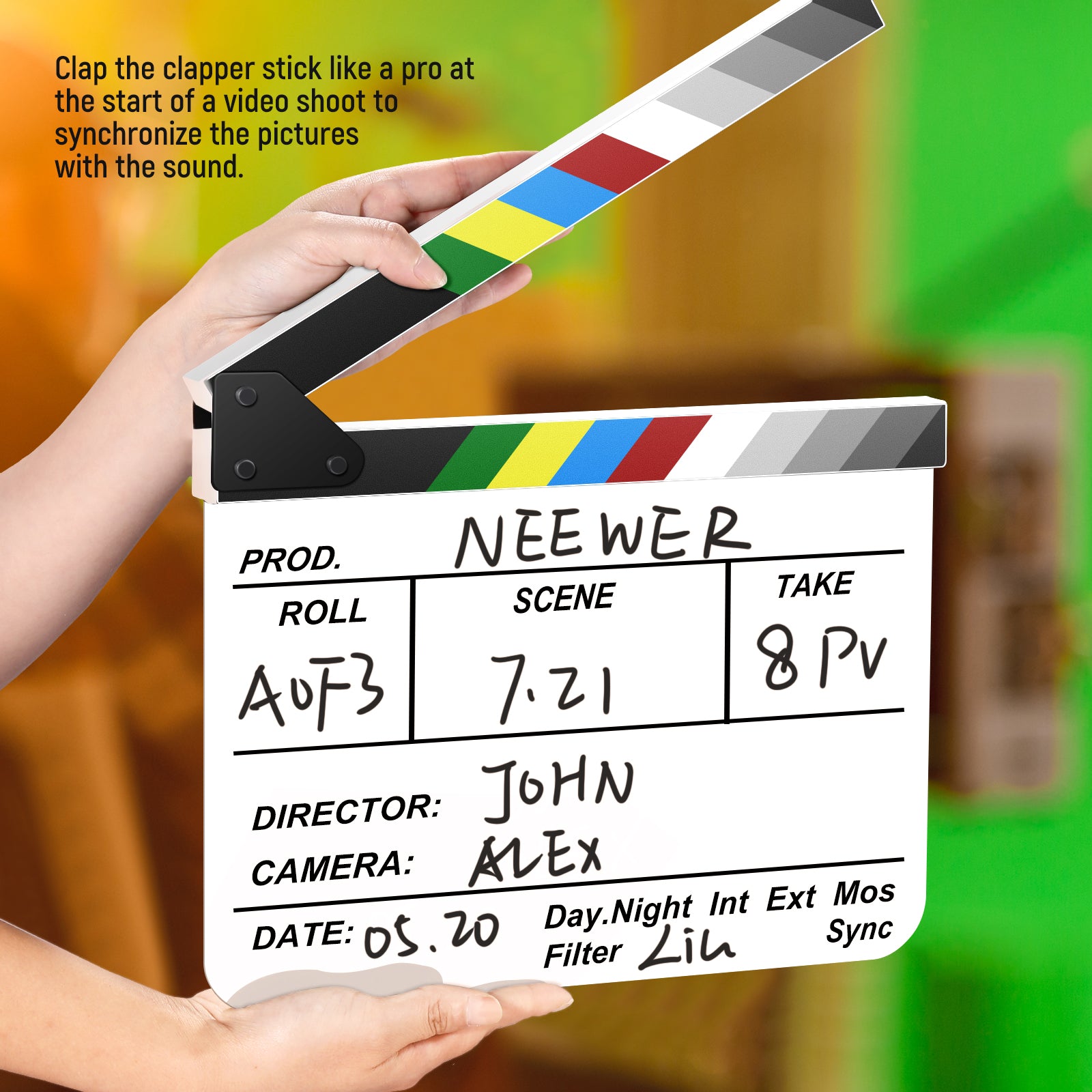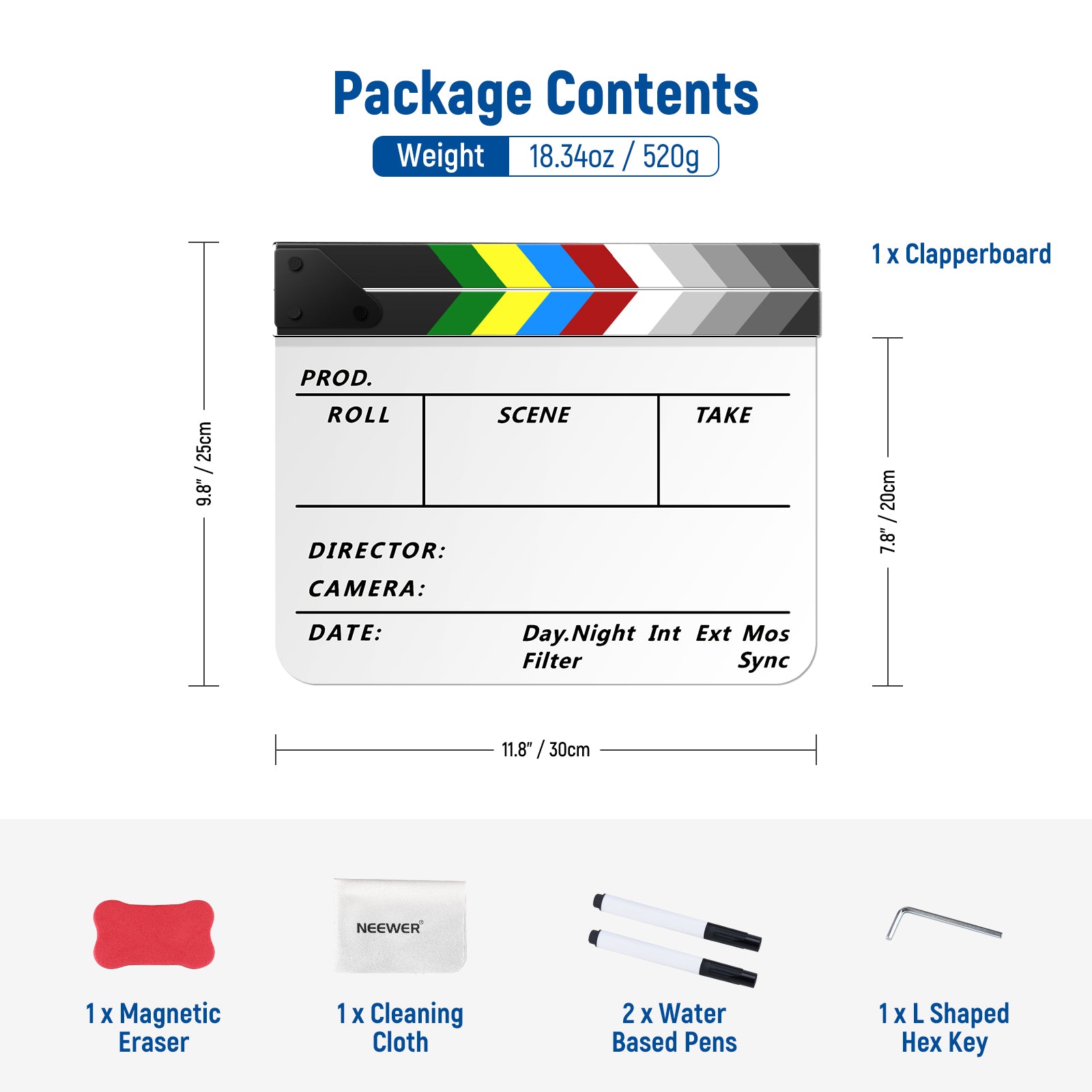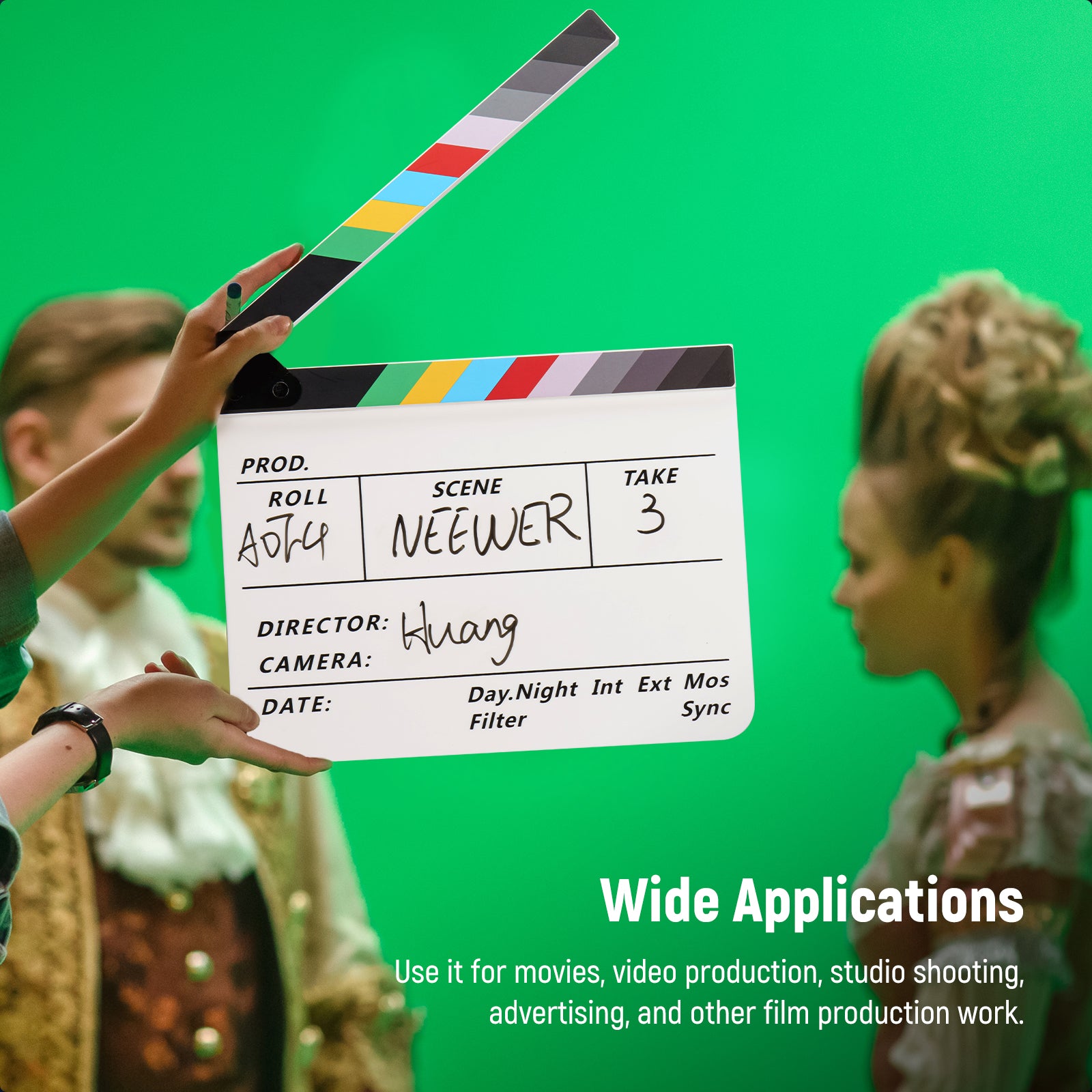Table of Contents
COB lights are used wherever clean, powerful, and controllable continuous light is needed — from cinematic film sets to cozy home studios. Compared with traditional LED panels, which are broad and flat, COB lights are focused, punchy, and much easier to shape creatively. In this blog, we cover everything you ever wanted to know about COB lights, and we are sure it will help you.
COB Light Meaning: What Are COB Lights?

A COB light is a type of LED light commonly used in photography and videography. It’s known for delivering a powerful, consistent, and high-quality light output from a relatively compact source. Unlike traditional LED panels that use many small individual diodes, a COB light features a single chip with dozens or even hundreds of LED elements packed closely together on one board.
What Is a COB Light Used For?
COB lights are incredibly versatile and are used across a wide range of photography and video production scenarios. Their consistent, powerful output and compact design make them a go-to choice for both professionals and content creators.
1. Video Production

COB lights are a favorite on video sets because they provide continuous, flicker-free lighting, which is crucial for consistent exposure and professional-looking footage. Whether you're filming a cinematic scene or a YouTube vlog, a COB light gives you precise control over light direction and intensity.
2. Portrait Photography
In portrait work, light quality and direction are everything. COB lights act like a single light source (similar to the sun), making them easy to shape and soften. With the right modifier (like a softbox or beauty dish), they produce soft, flattering light that’s perfect for skin tones.
3. Product Photography

For still life or commercial product shoots, COB lights give you the precision and intensity needed to highlight textures, edges, and details — especially important in jewelry, cosmetics, or food photography.
4. Content Creation
Creators love COB lights because they’re compact, powerful, and plug-and-play. Whether you’re filming makeup tutorials or livestreaming at home, a COB light ensures your content looks polished and well-lit.
5. Outdoor and Location Shoots

Some COB lights are battery-powered or compatible with V-mount batteries, making them portable enough for use on location. They can even serve as a daylight supplement or replacement, especially when shooting during golden hour or in low-light situations.
COB Light vs LED Panel Light: Which Is Better?
|
Feature |
COB Light |
LED Panel |
|
Light Quality |
Hard by default, great with modifiers (softboxes, Fresnels) |
Soft and even out of the box |
|
Beam Control |
Highly directional — great for shaping light |
Widespread — harder to control |
|
Modifiers |
Works with many softboxes, snoots, and reflectors |
Limited, usually just diffusion or grids |
|
Power Output |
Usually stronger (higher lux at a distance) |
Softer, less punch at distance |
|
Color Accuracy (CRI/TLCI) |
High on good models (95+ CRI/TLCI) |
Also high on quality panels |
|
Use Cases |
Portraits, product, cinematic scenes, key lighting |
Interviews, flat lay, fill lighting, livestreams |
A COB light is a single, powerful LED chip that emits a focused, intense beam of light. It acts like a mini sun, which makes it ideal for modifiers and directional control.
An LED panel contains hundreds of tiny LED bulbs spread across a surface, producing broad, soft, even illumination. These are popular for flat lighting and convenience.
COB LED vs SMD: What Is the Difference?
|
COB LED |
SMD LED |
|
|
Light Appearance |
Single, unified light source |
Multiple small points of light |
|
Beam Angle |
Narrow, focused |
Wide, flood-like |
|
Brightness Density |
Very high—power output in a small area |
Lower per diode, but can scale with quantity |
|
Shadow Quality |
Cleaner shadows (easier to shape with modifiers) |
Softer shadows, but harder to control precisely |
|
Modifiability |
Works well with Fresnels, softboxes, and snoots |
Limited modifier compatibility |
|
Heat Management |
More concentrated heat — needs good cooling |
Better heat distribution, often runs cooler |
|
Use Case (Photography/Video) |
Cinematic lighting, key light, spotlighting |
Fill light, ambient light, background light |
Choose a COB LED if you’re looking for punchy, directional light that mimics sunlight or stage lighting. It’s the go-to for photographers and filmmakers who want precise control using modifiers like softboxes, barn doors, or Fresnels. Ideal for portraits, interviews, commercials, and narrative videos, COBs provide a single, powerful source that can be easily shaped and directed.
On the other hand, opt for an SMD LED if you need soft, even illumination with minimal setup. These lights are typically lighter, more portable, and perfect for small spaces, product flat lays, beauty shots, or livestreaming. They don’t offer the same level of beam control, but they excel at creating a broad, flattering wash of light without harsh shadows.
How To Use COB Lights?

- Use Negative Fill for Better Contrast: Place a black flag, black foam board, or even a dark curtain on the side opposite your COB light. This "eats" reflected light, deepening the shadows — especially powerful for moody portraits or dramatic product shots.
- Shape the Light with a Fresnel or Optical Modifier: Attach a Fresnel lens or an optical snoot to your COB light. This focuses the beam, allowing you to highlight specific areas — like just the face or a product detail — without lighting the whole frame.
- Layer Light: Use your COB as the key light, then incorporate practical lights like a lamp in the background or LED strips for ambiance. This builds depth and visual interest — great for storytelling.
- Feather the Light for Softer Transitions: Instead of pointing your COB directly at the subject, angle it slightly off to the side so that the edge of the light beam hits them. This is called "feathering" and results in softer, more gradual light falloff.
- Simulate Natural Light Scenarios: For the morning sun, raise your COB high and warm the color temperature (~3000K). For window light, place your COB outside a window (or just outside the frame) and diffuse it with sheer curtains or diffusion paper. For overcast light, use a large soft modifier and lower the intensity.
- Experiment with Backlighting and Rim Lighting for Separation: Place your COB behind and slightly to the side of the subject. Use a grid or barn doors to avoid lens flare. It gives the subject a subtle glow along the edges, especially beautiful for hair light in portraits or product outlines.

